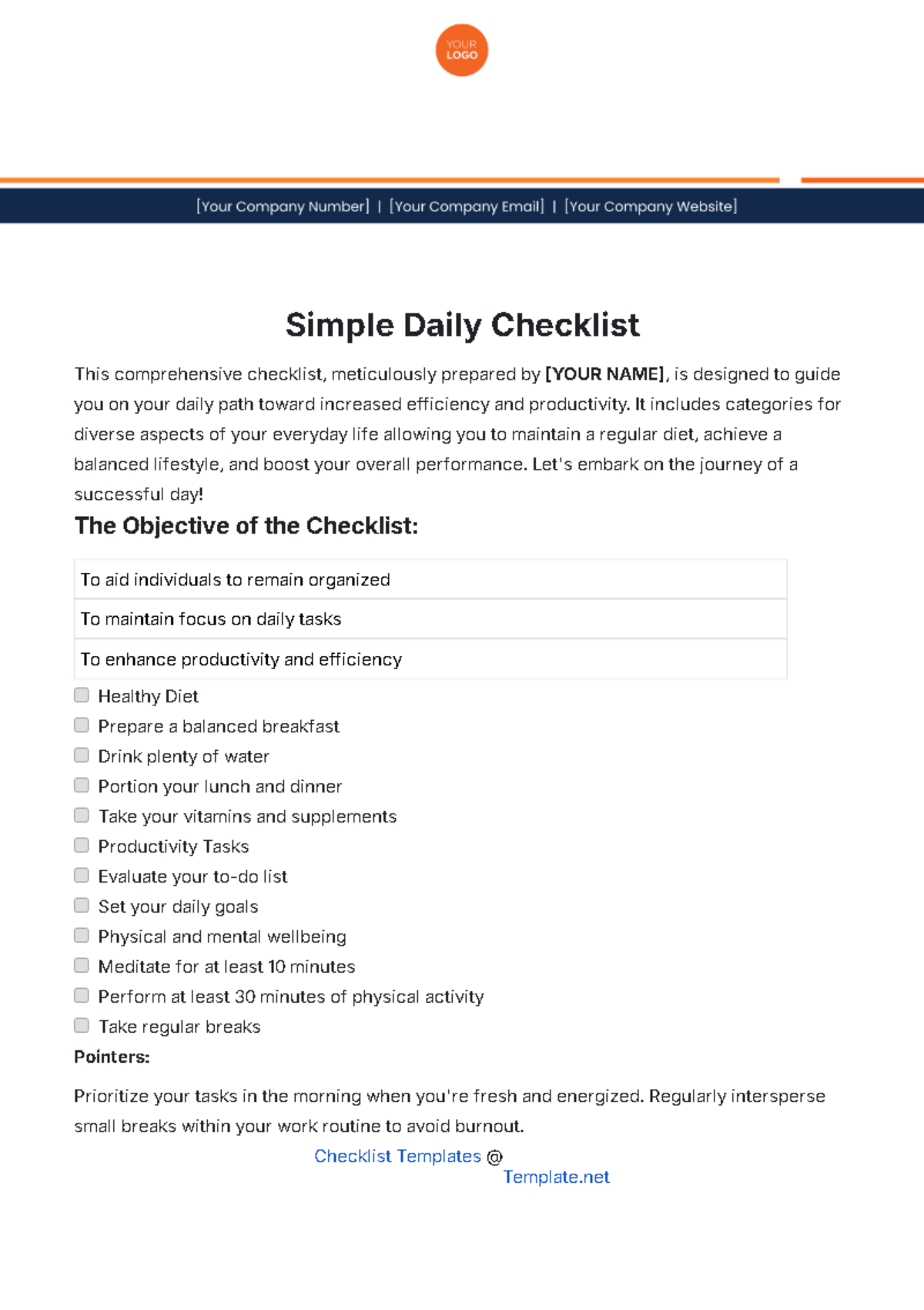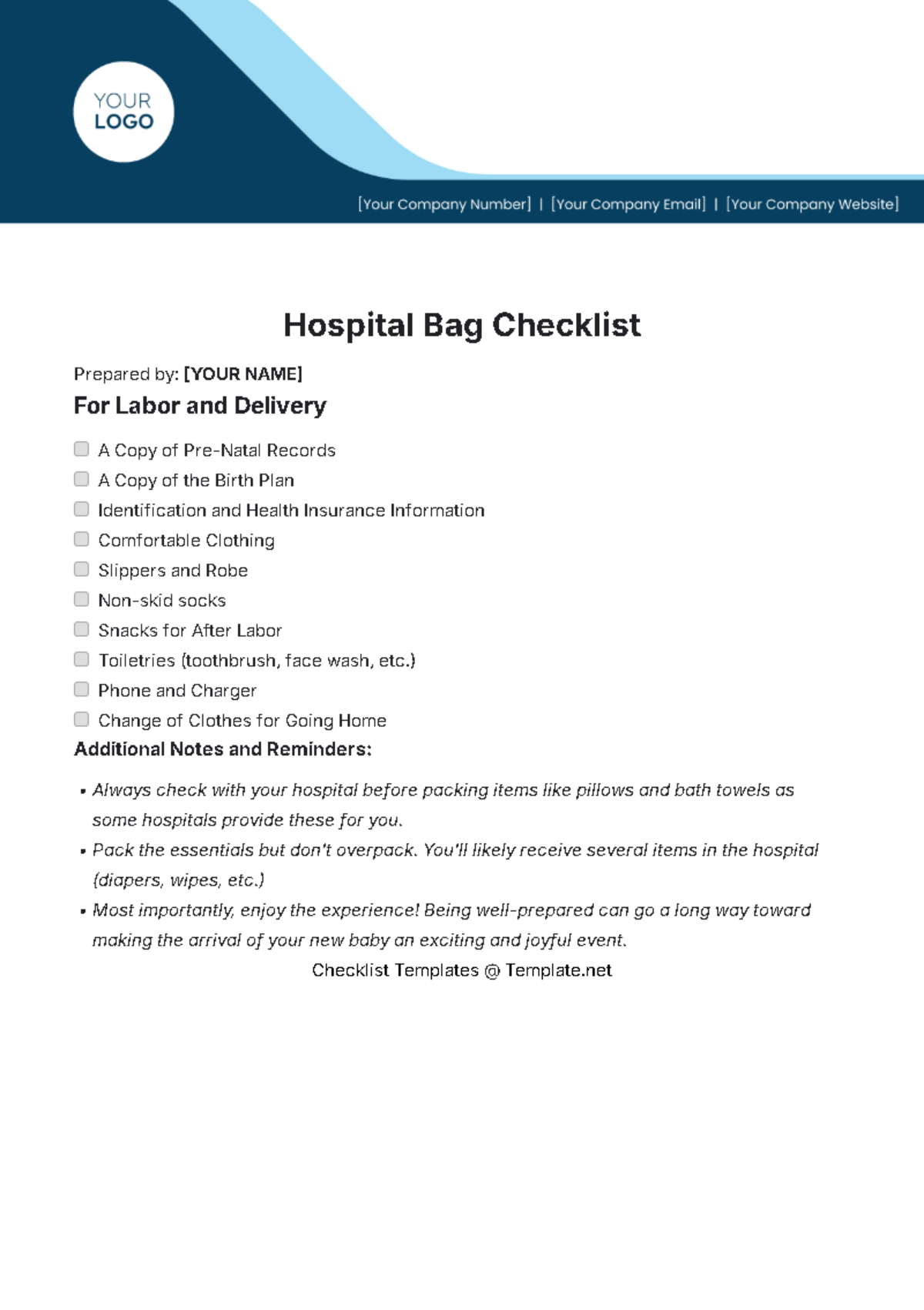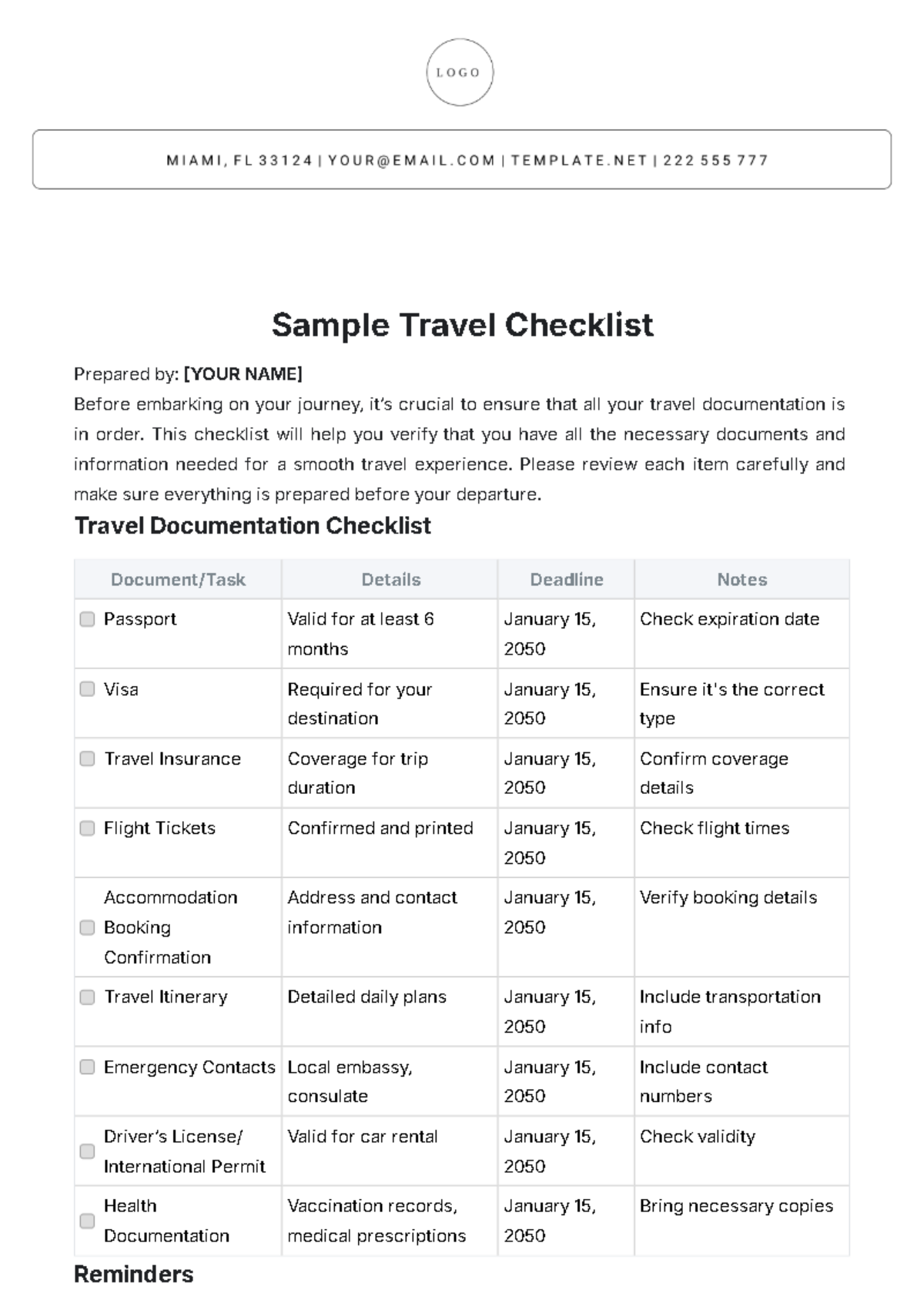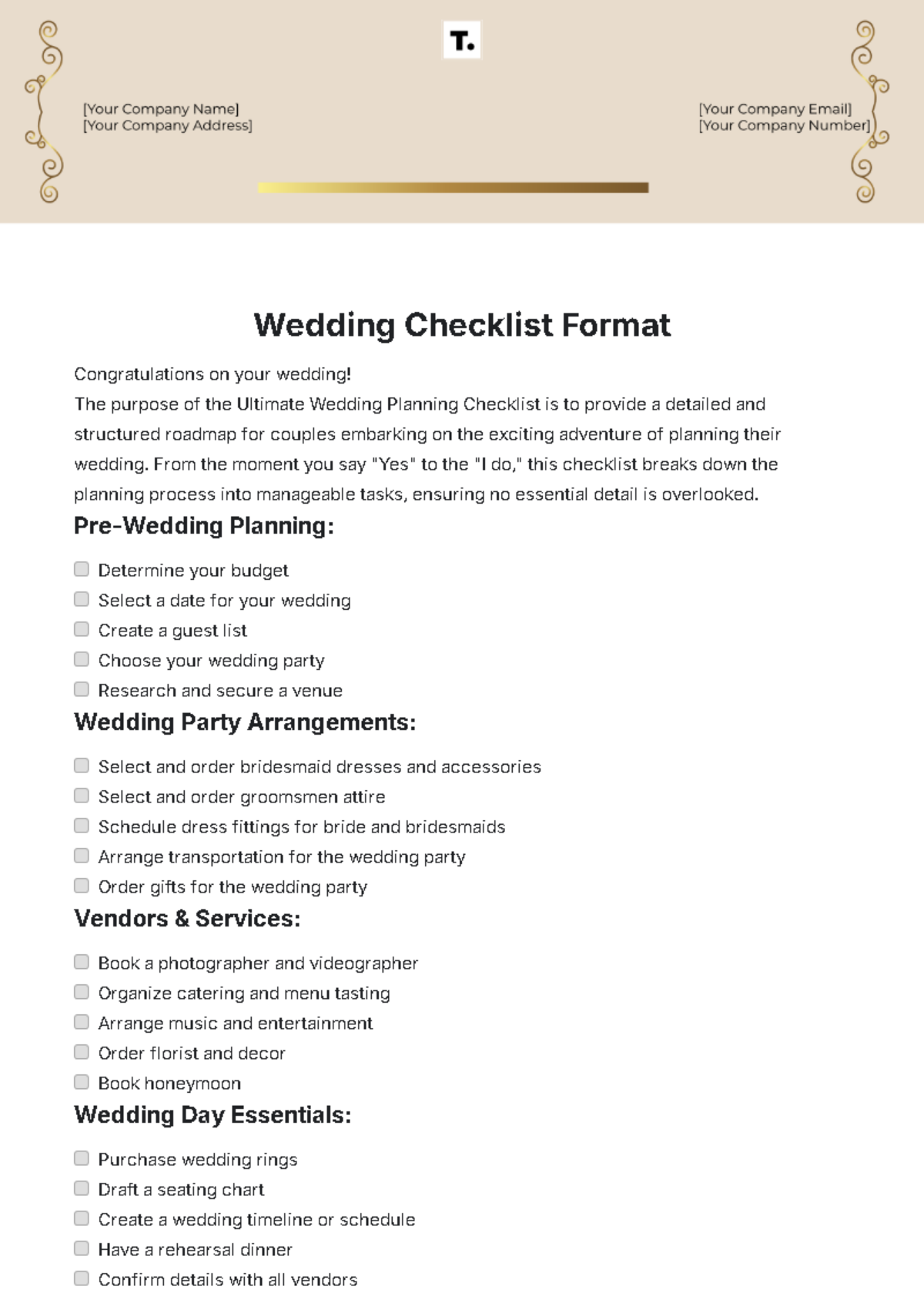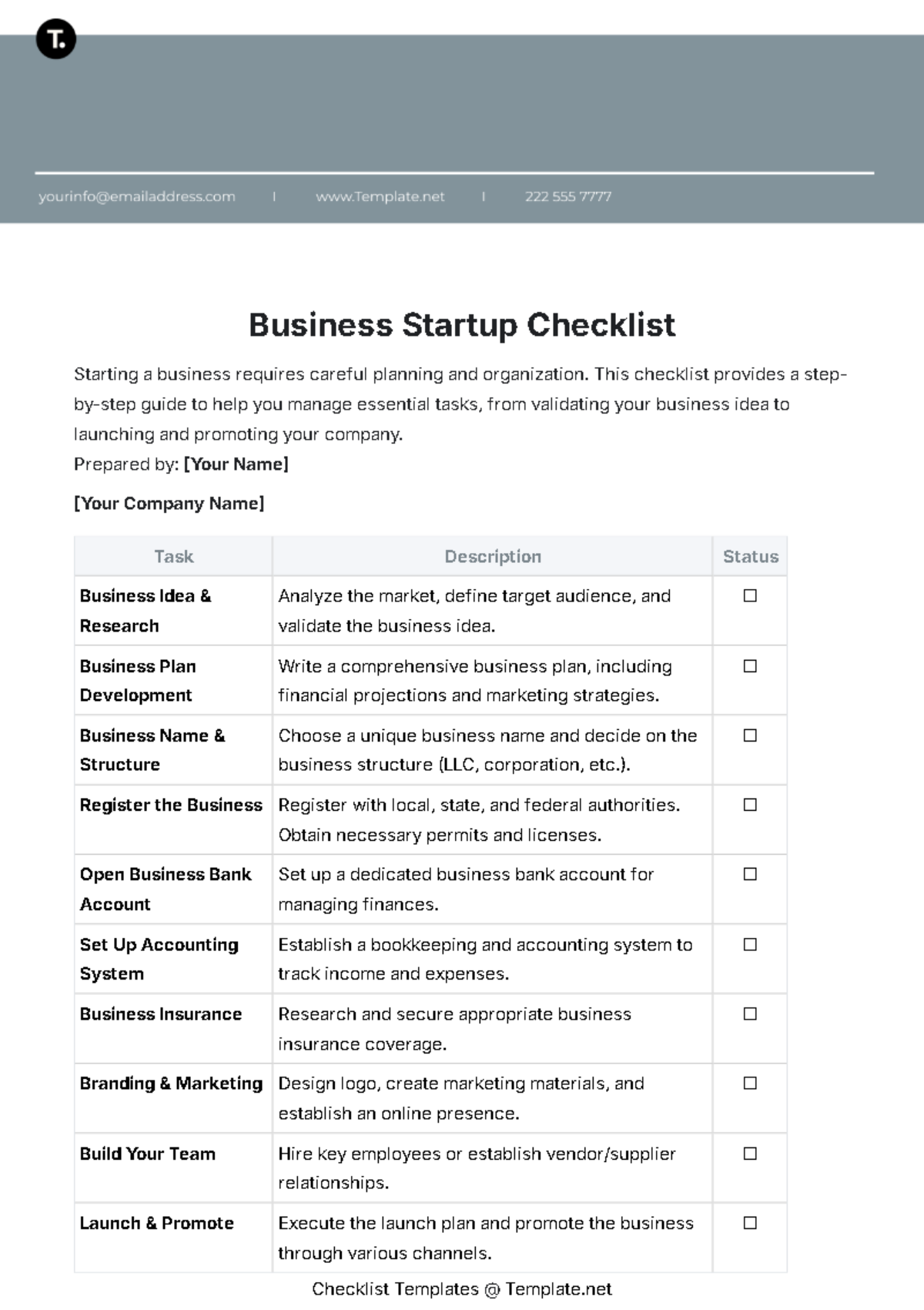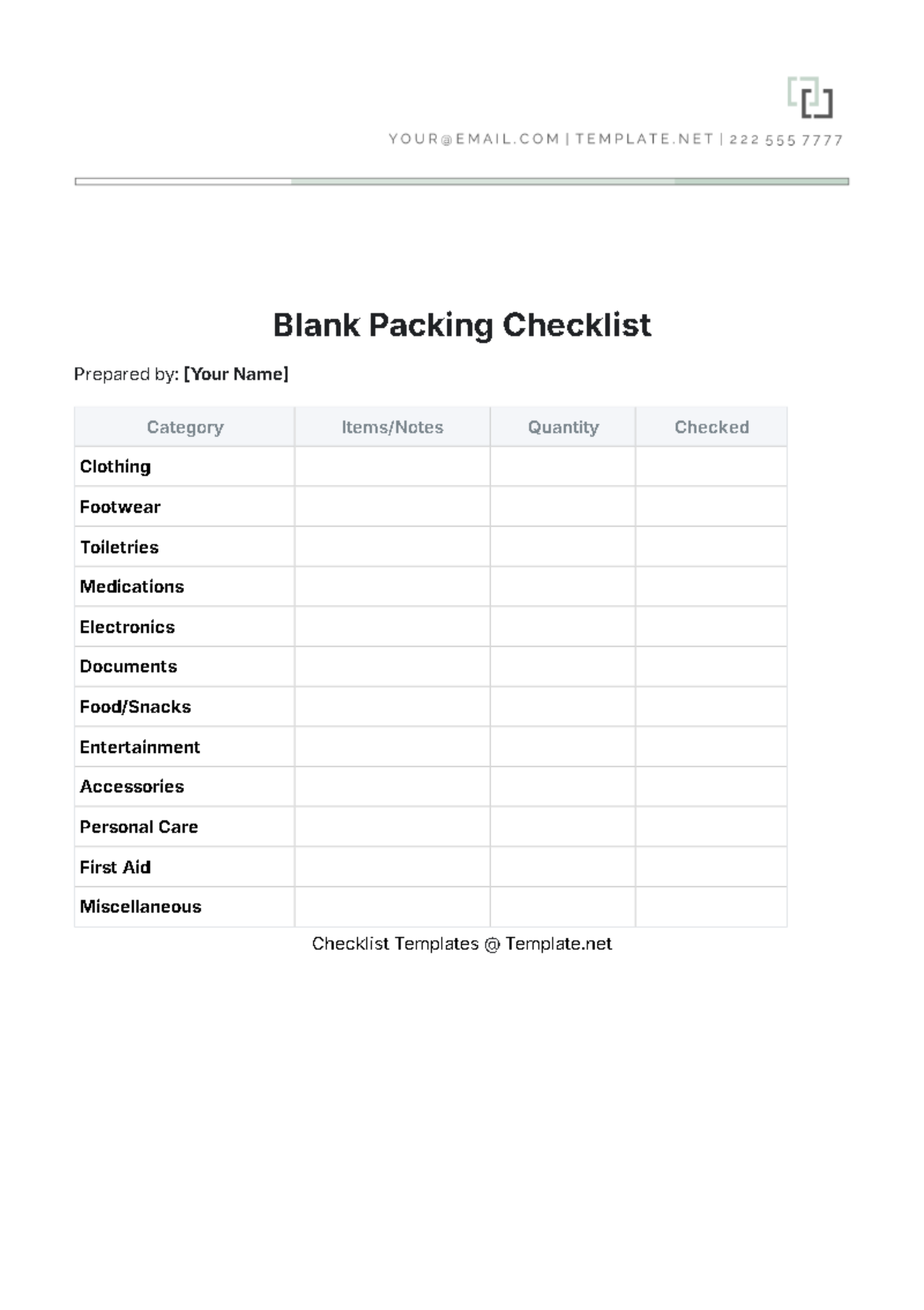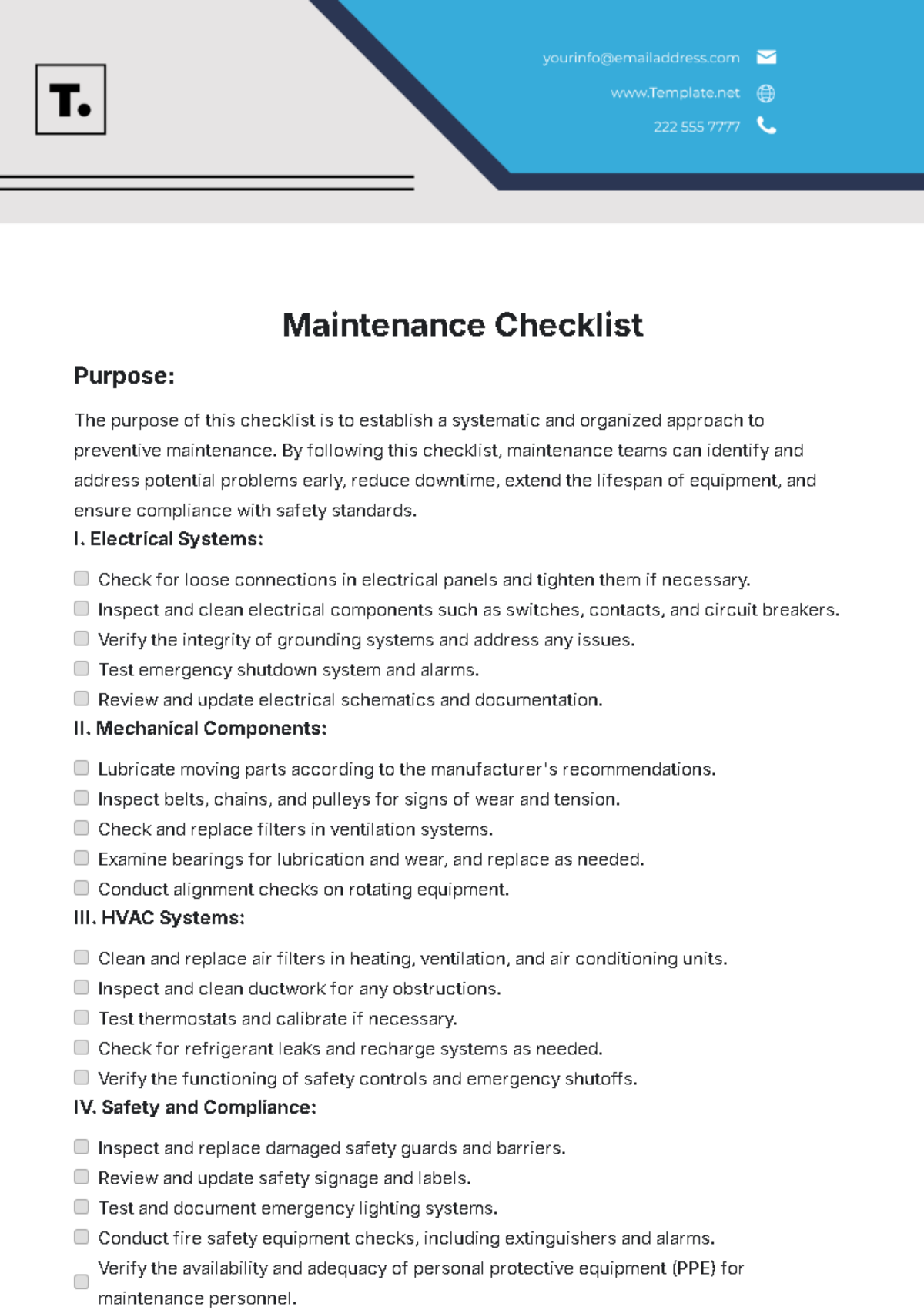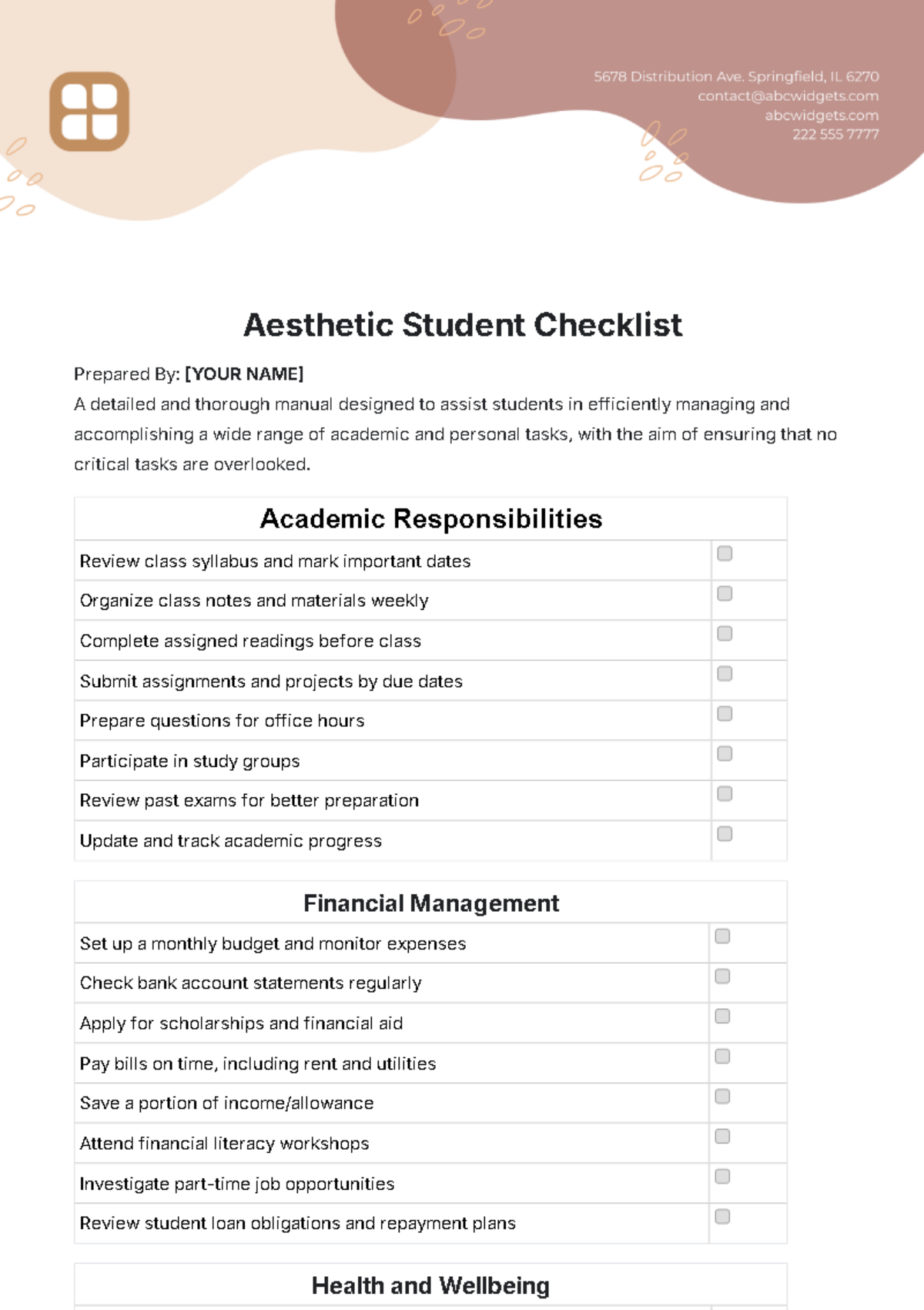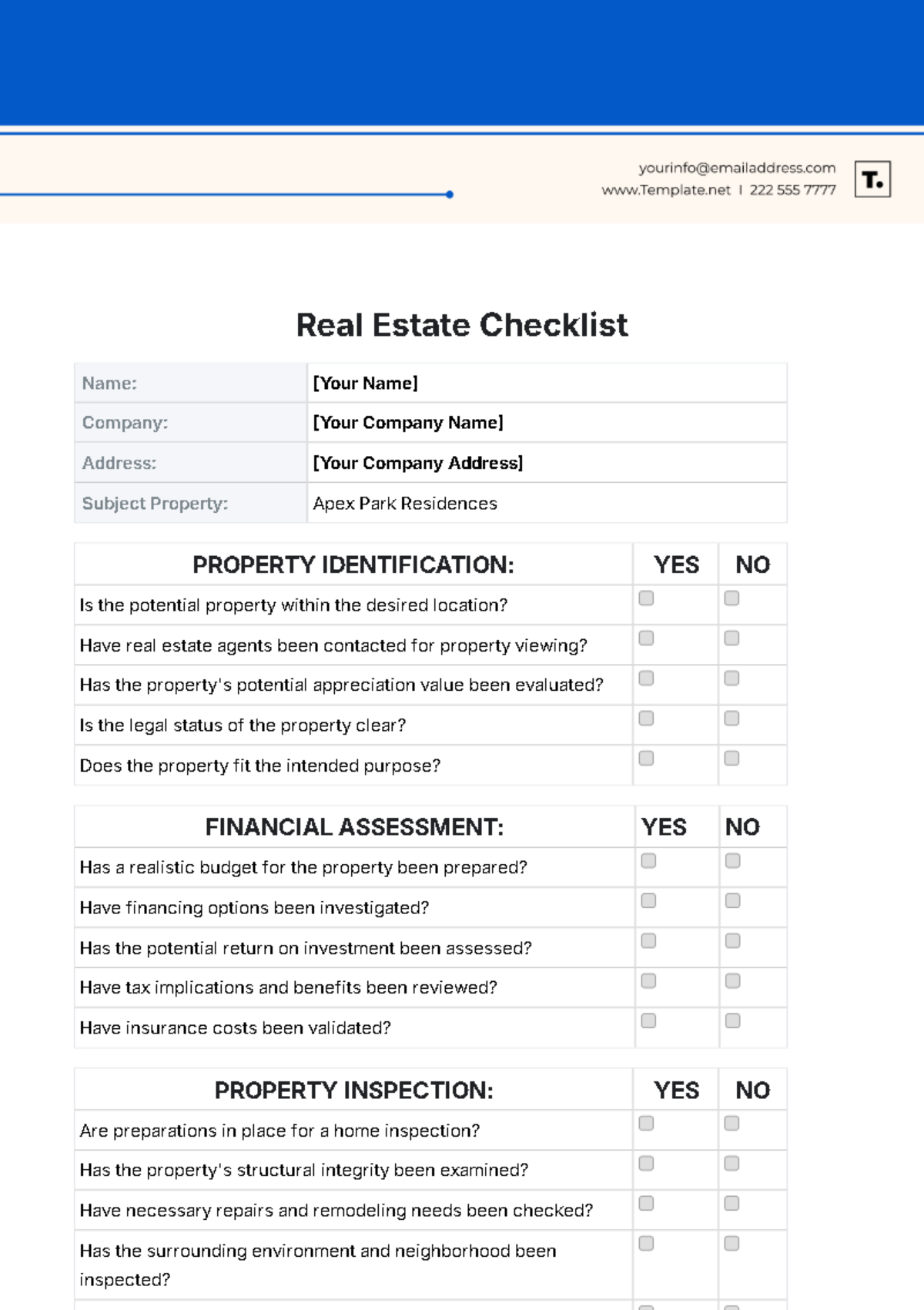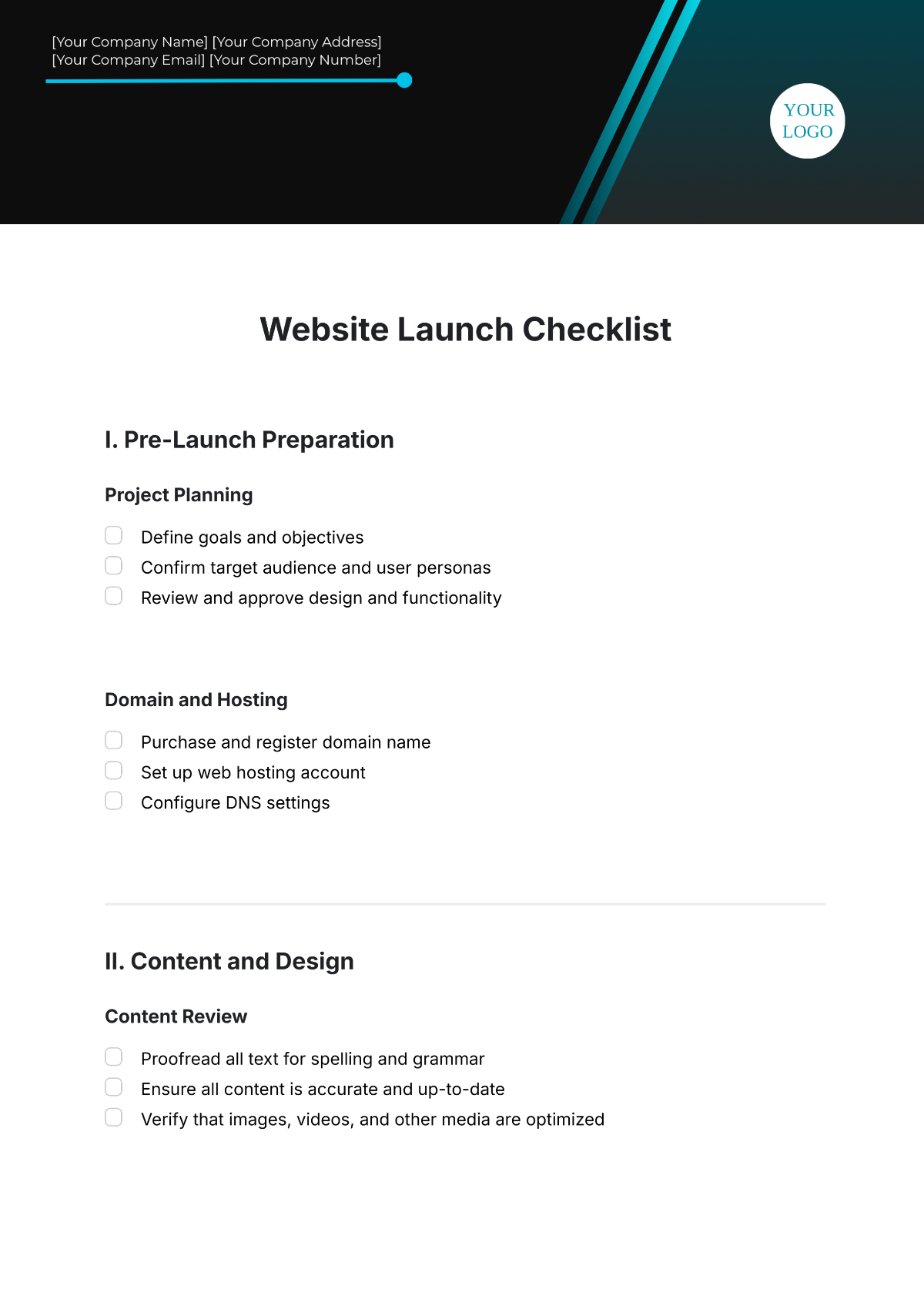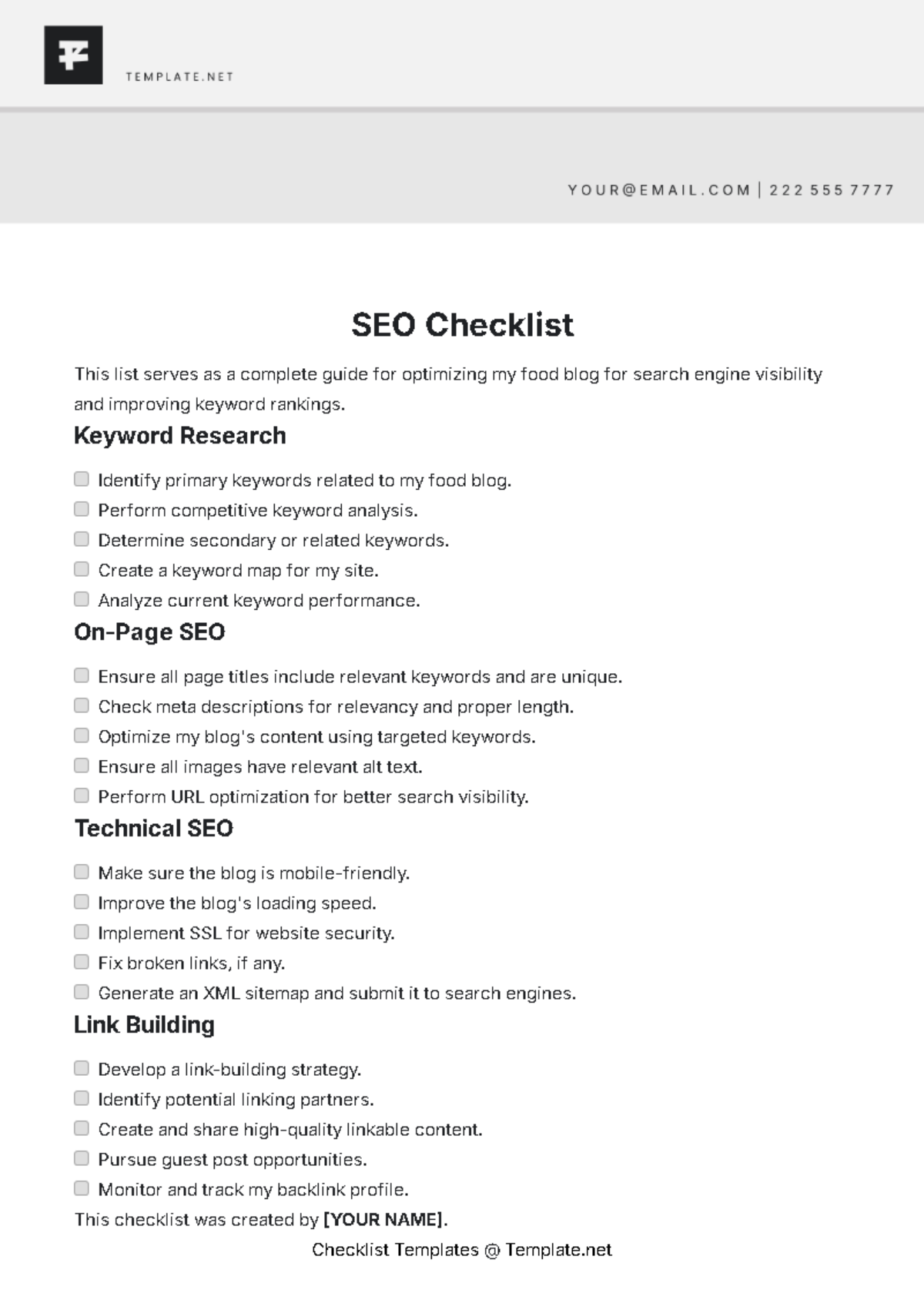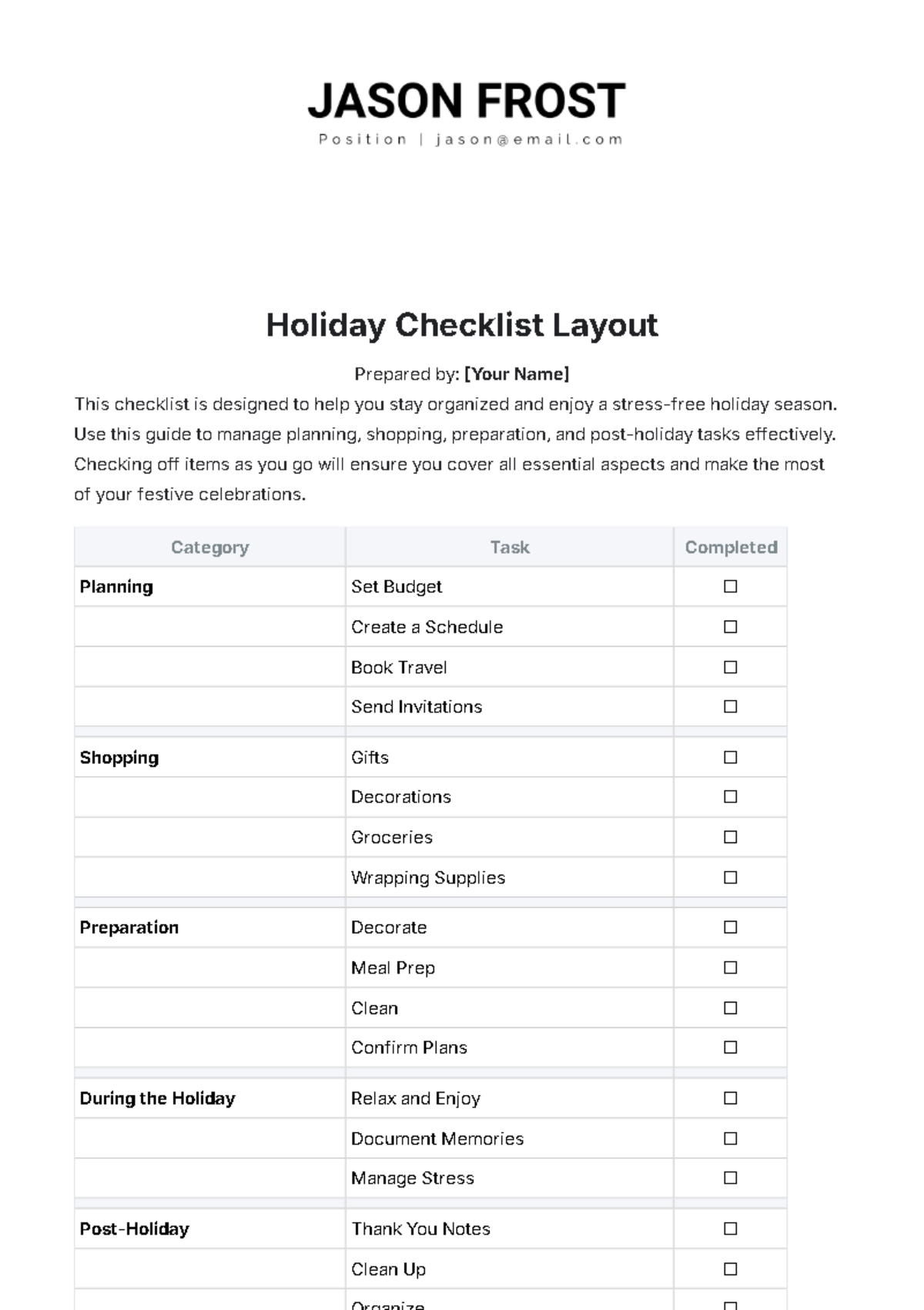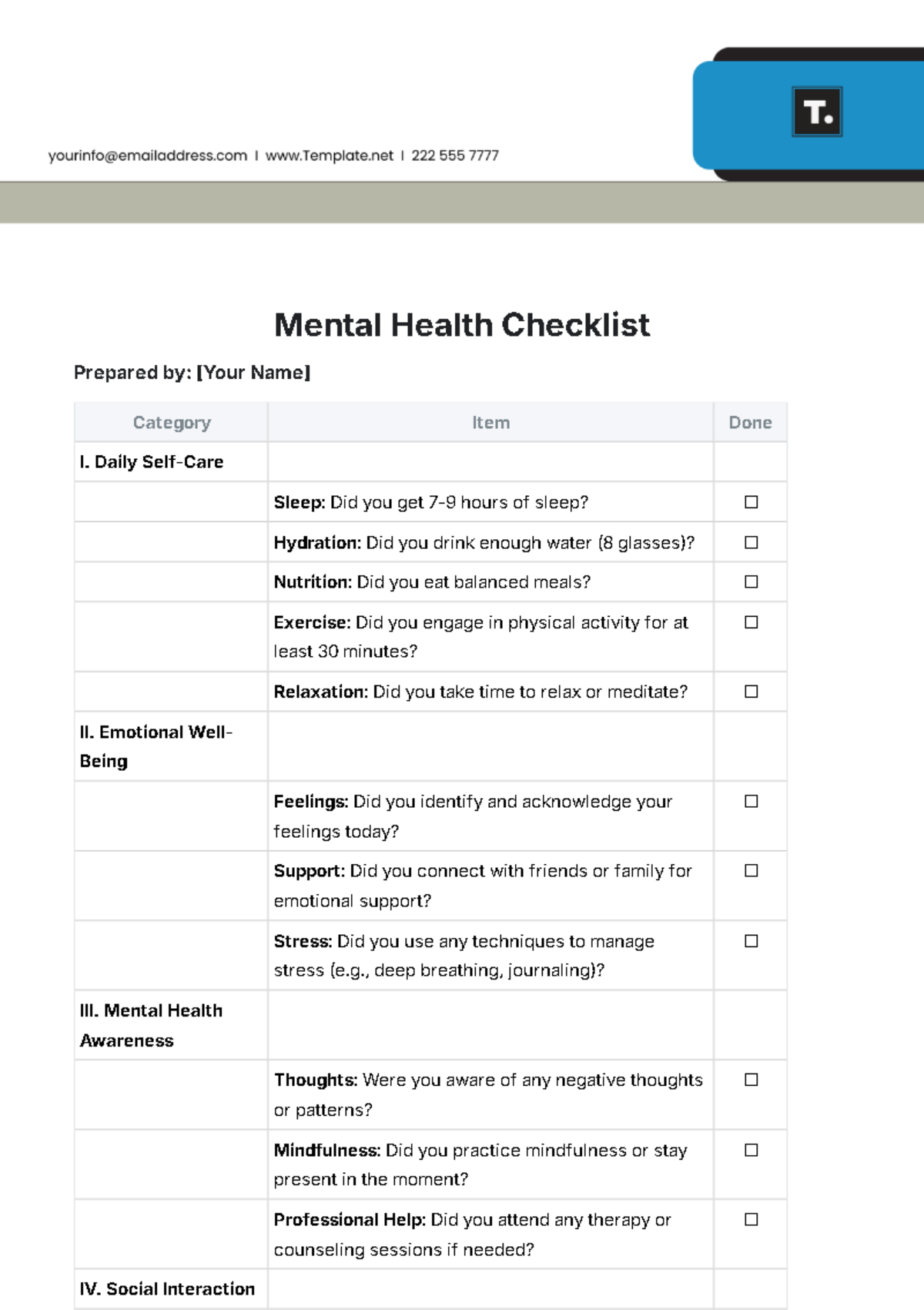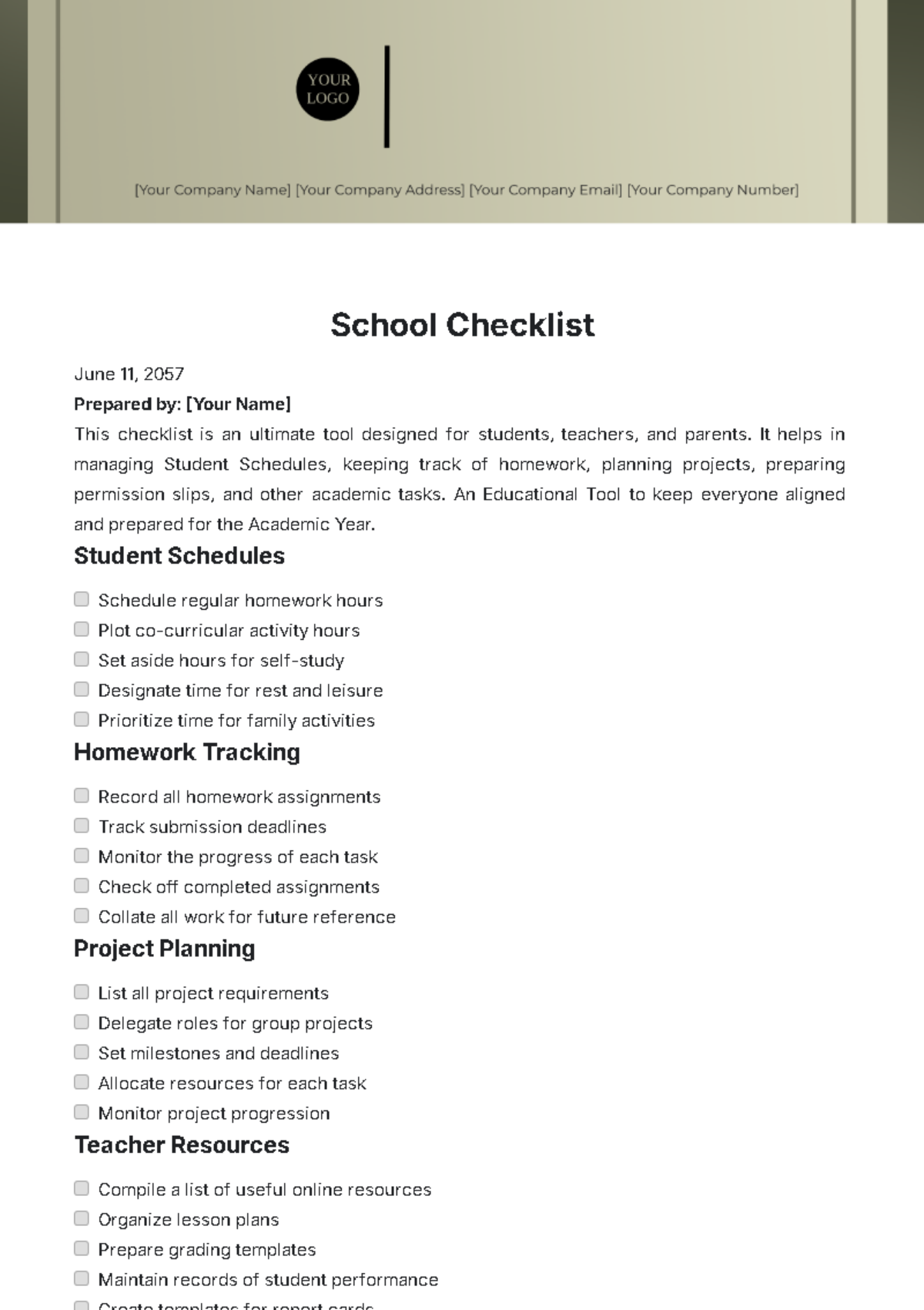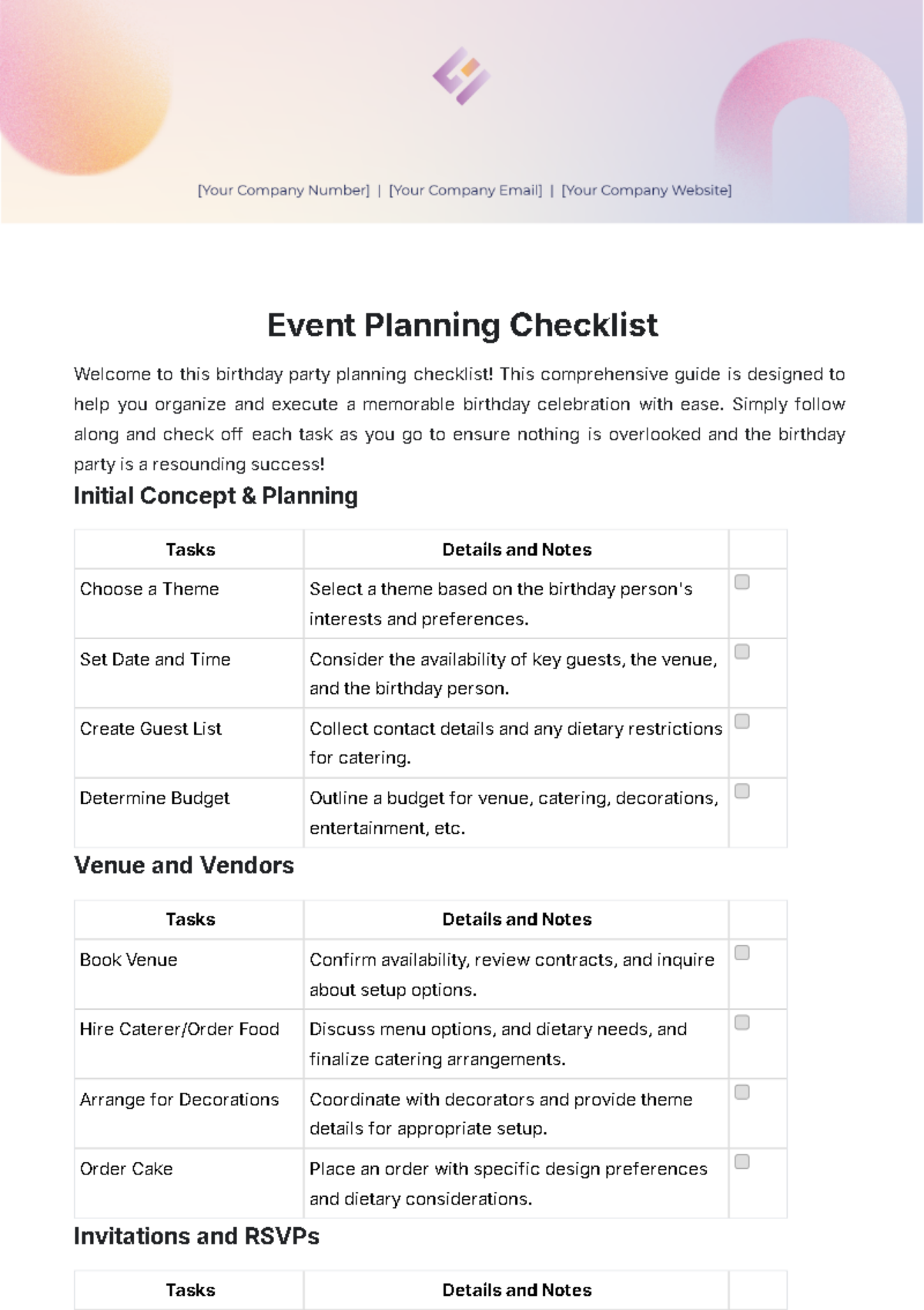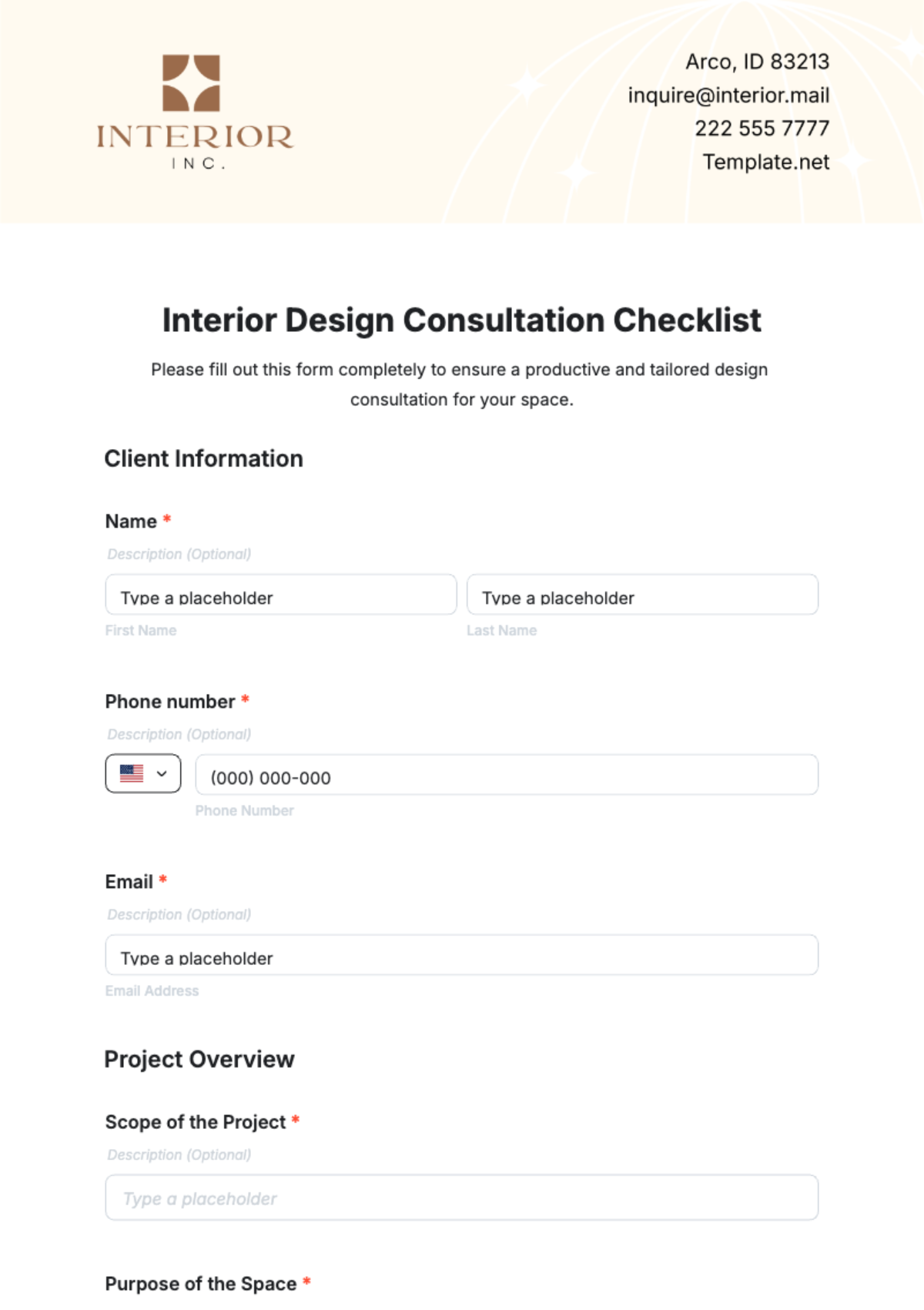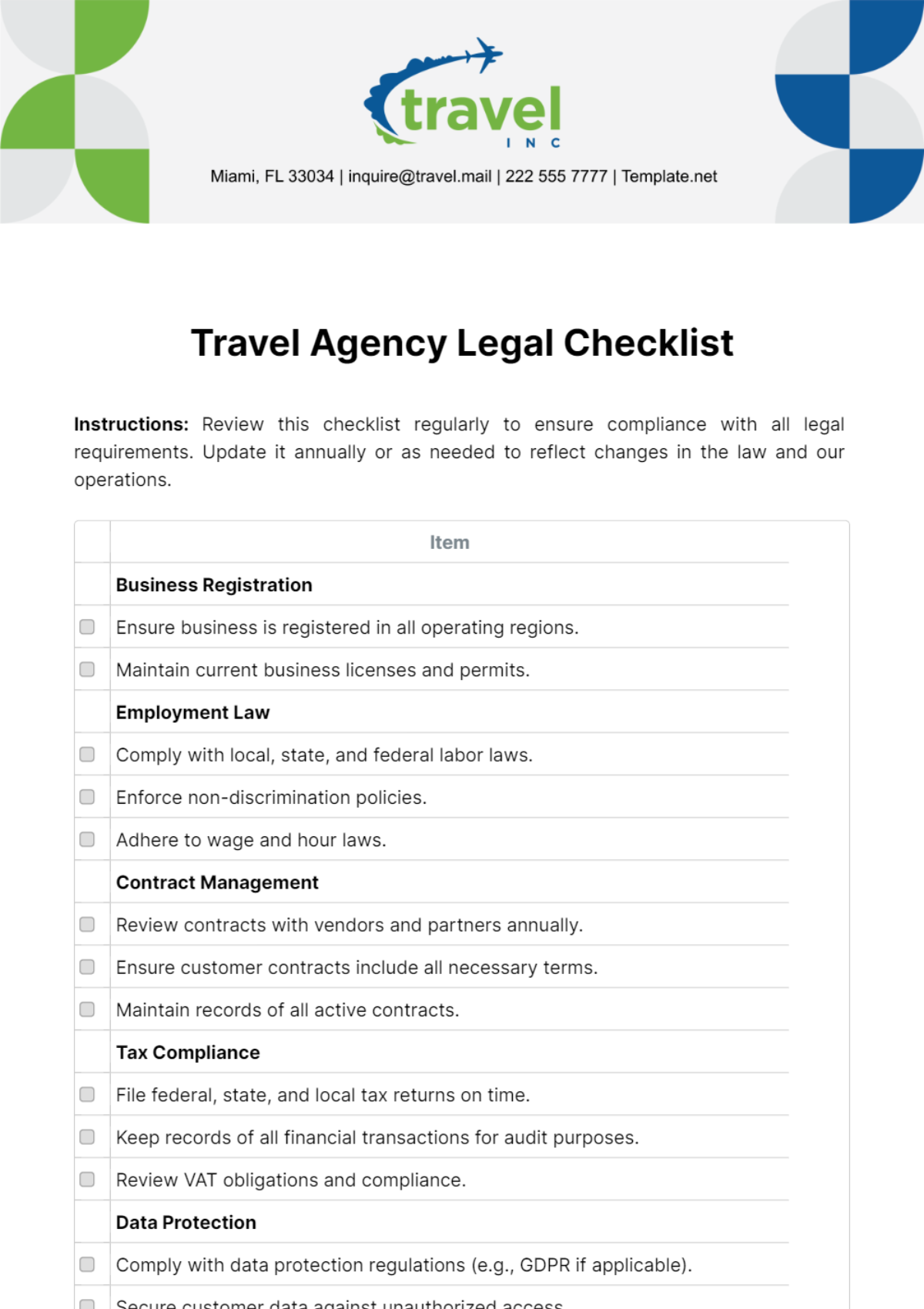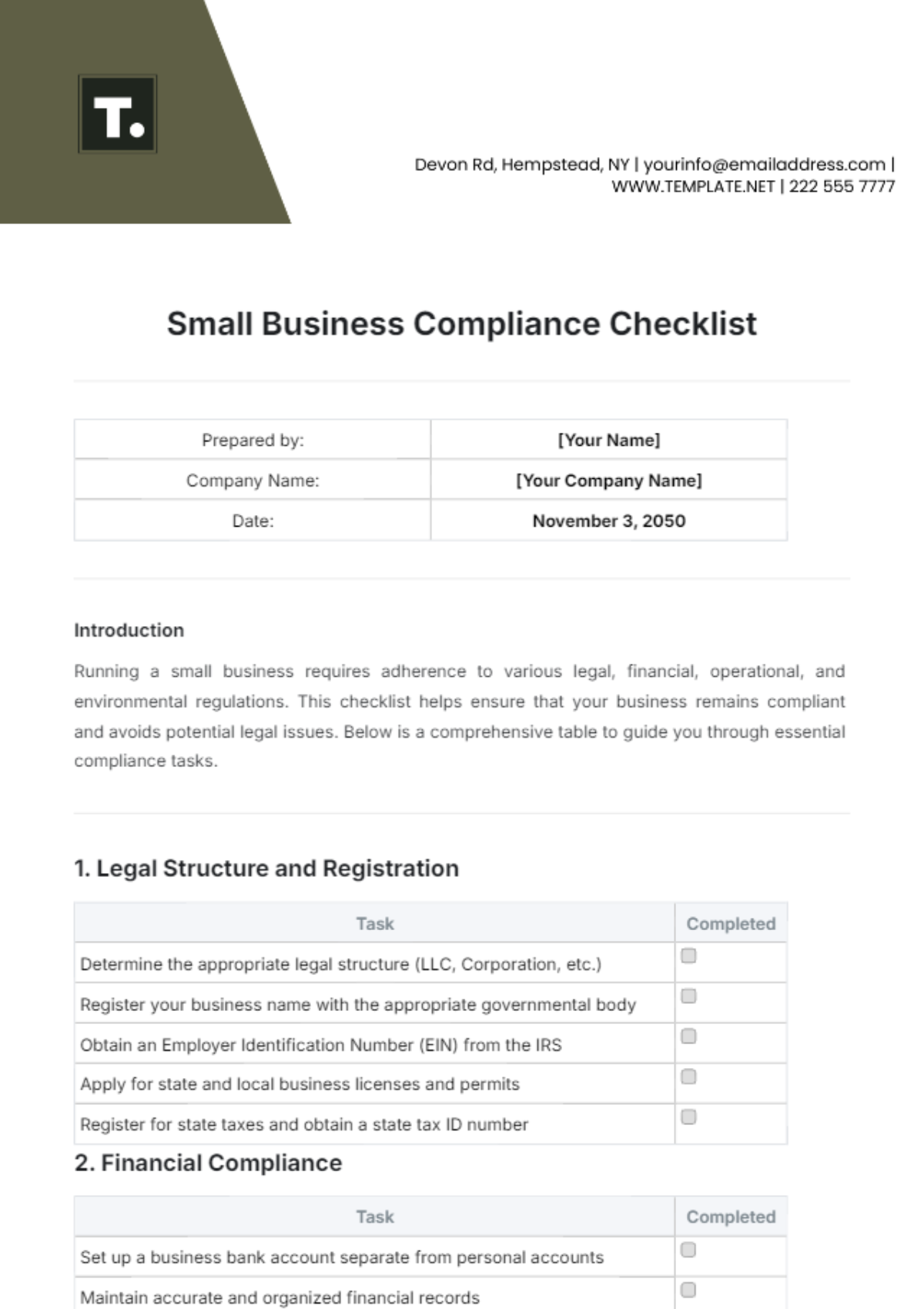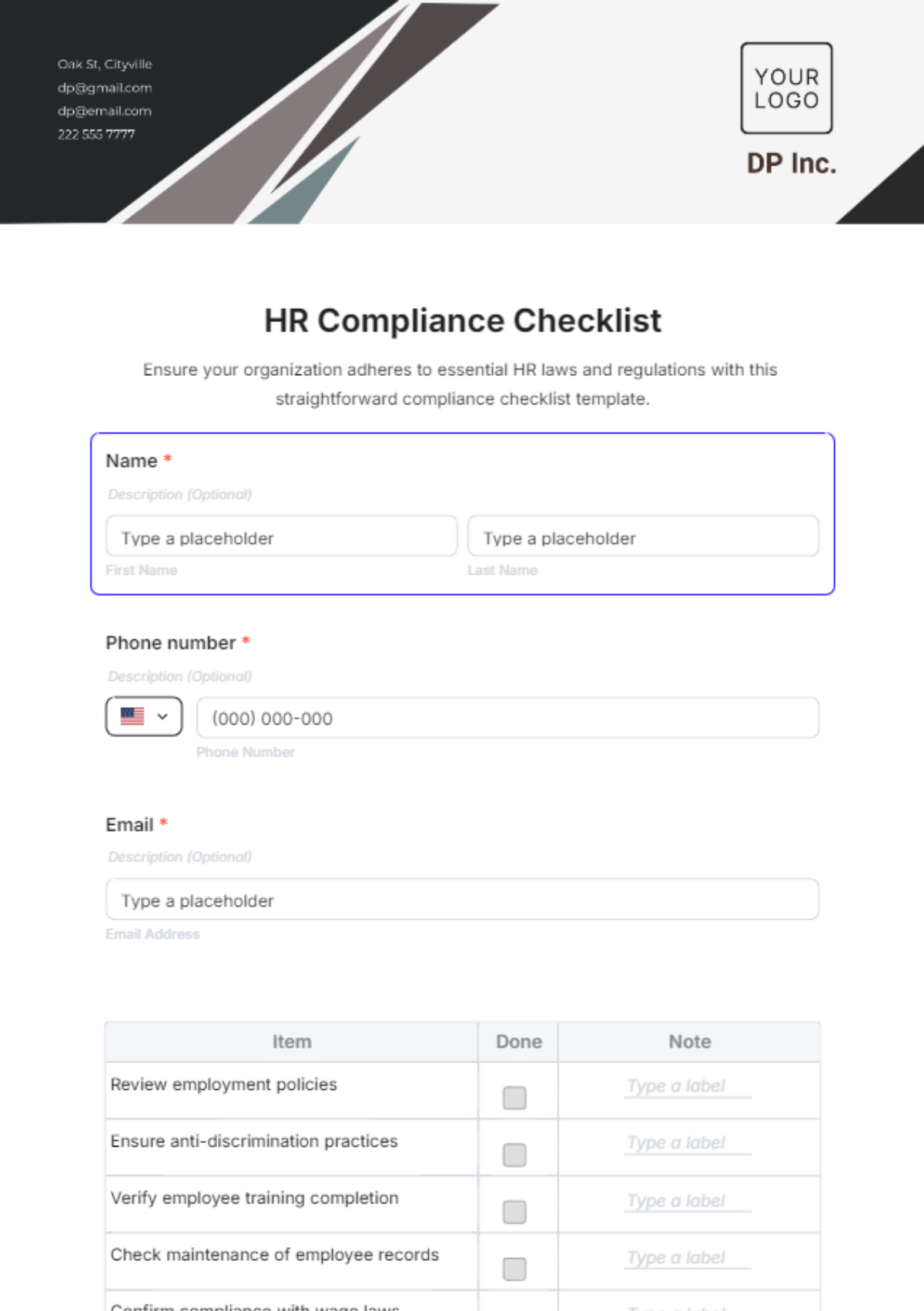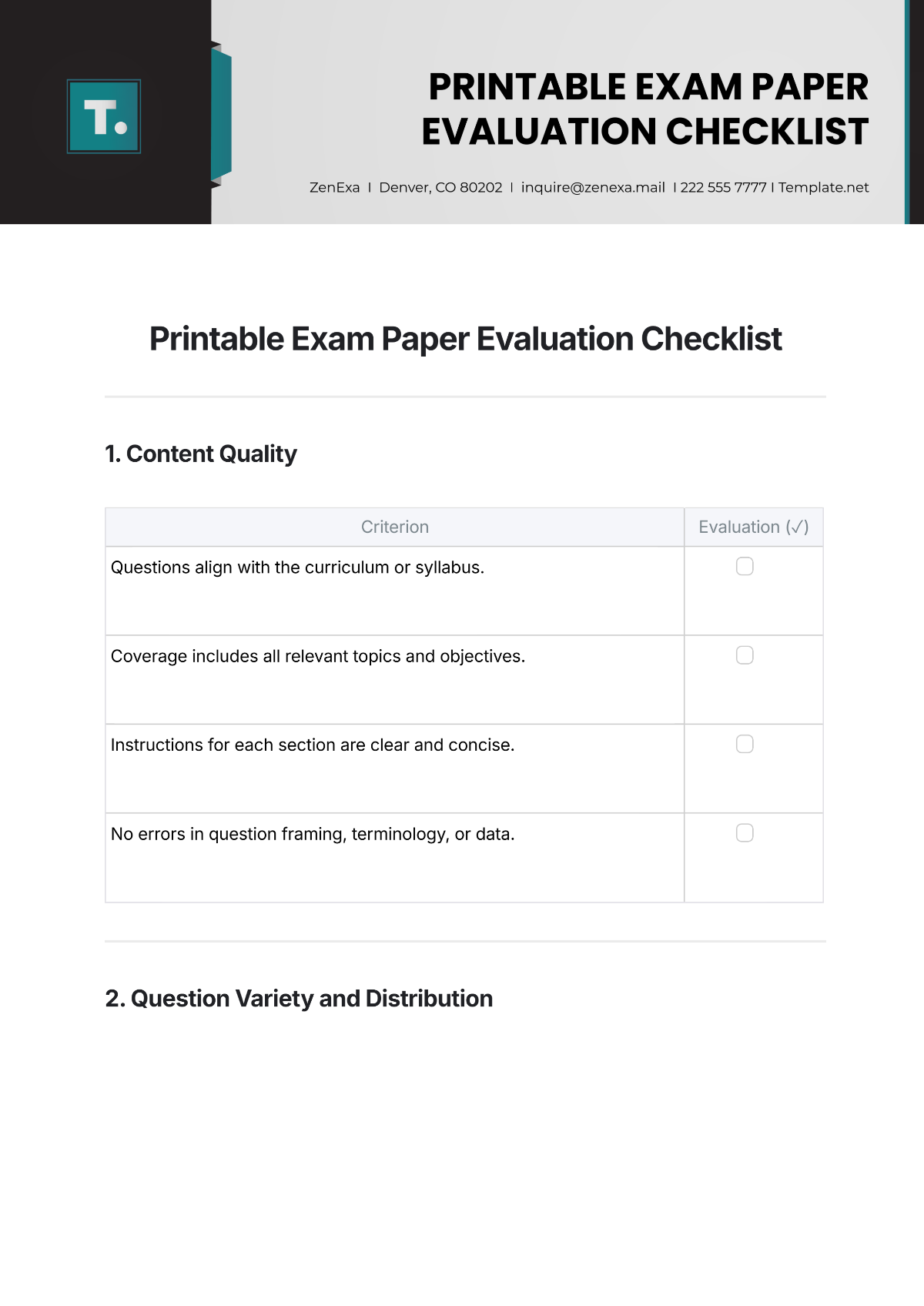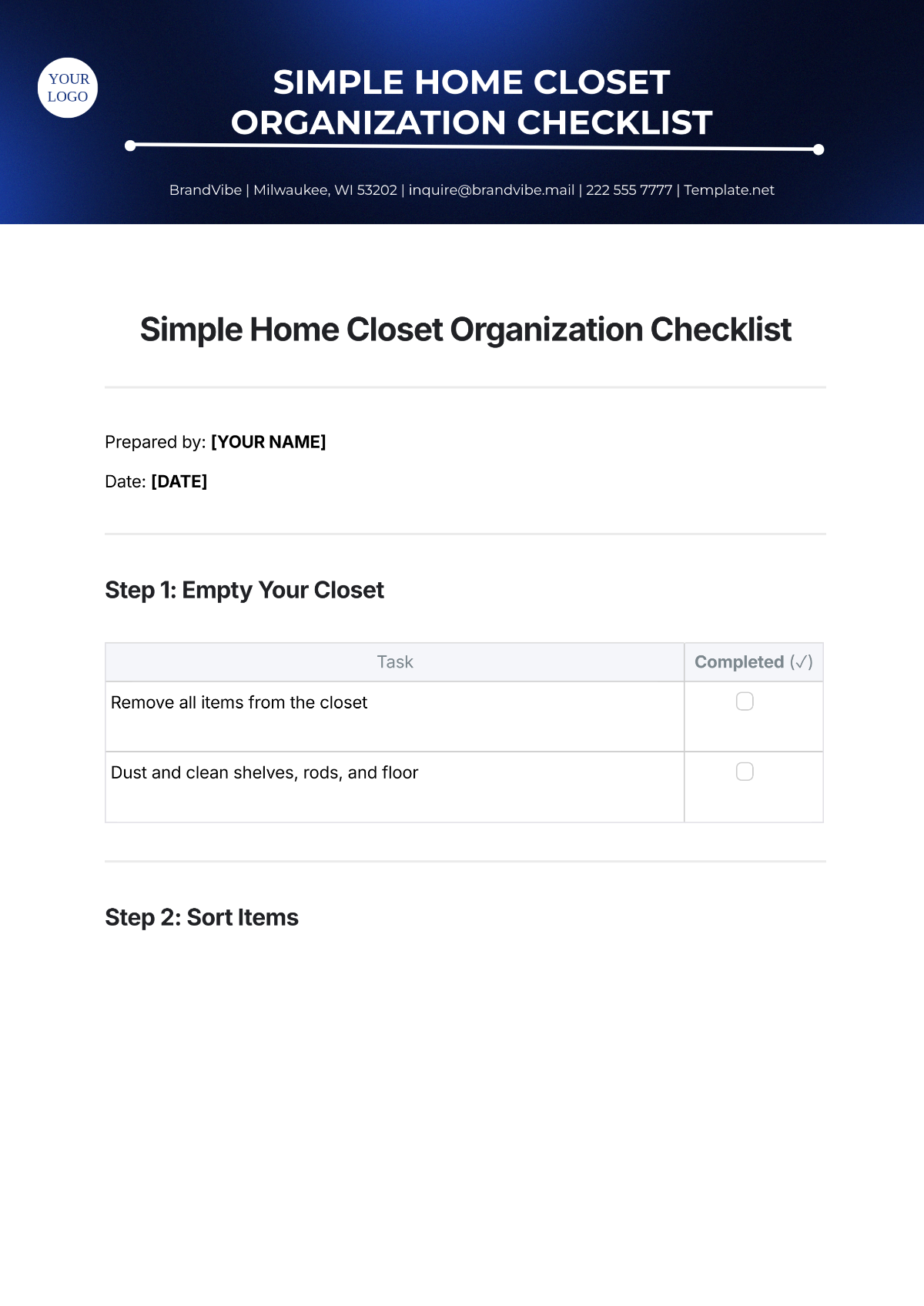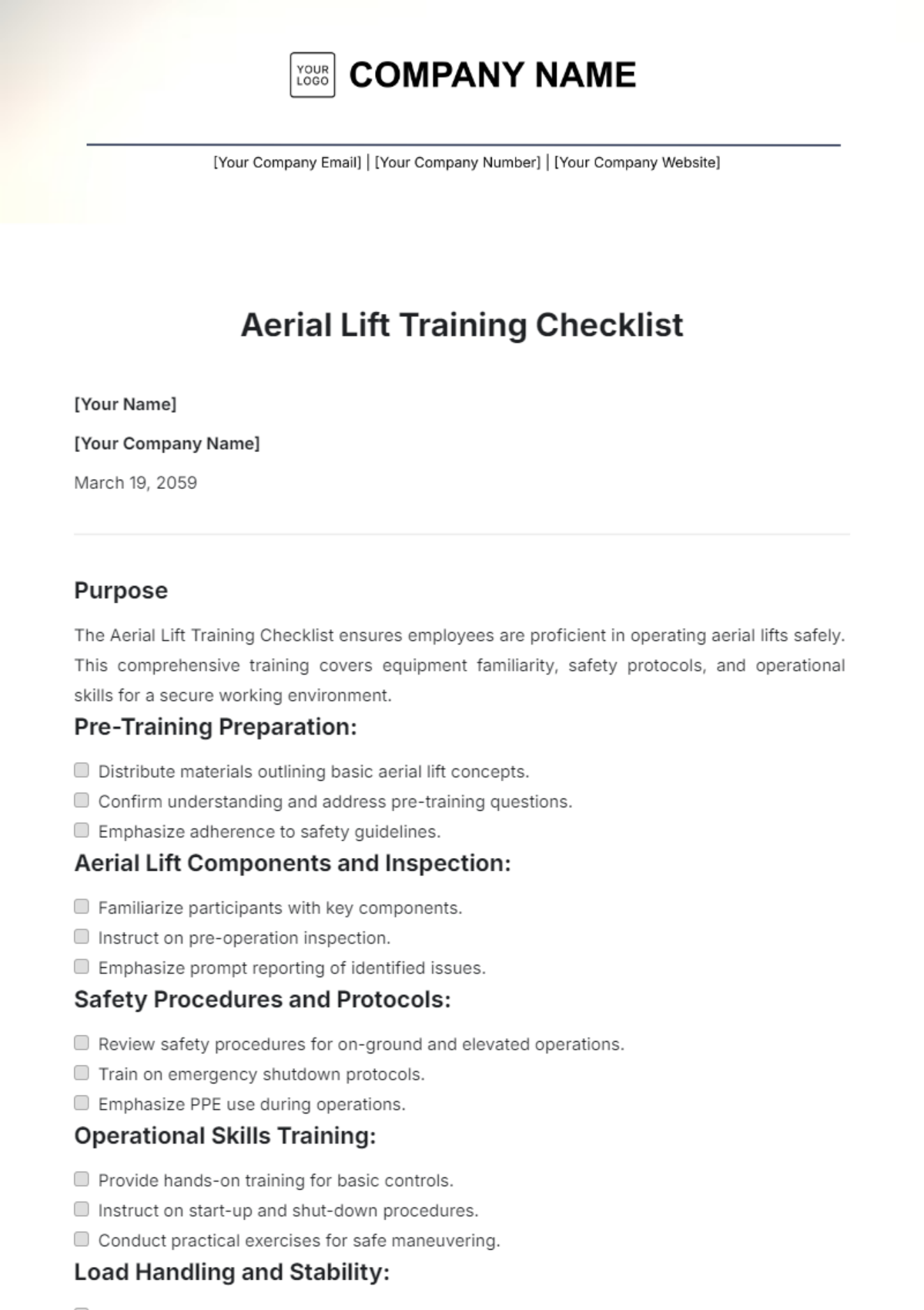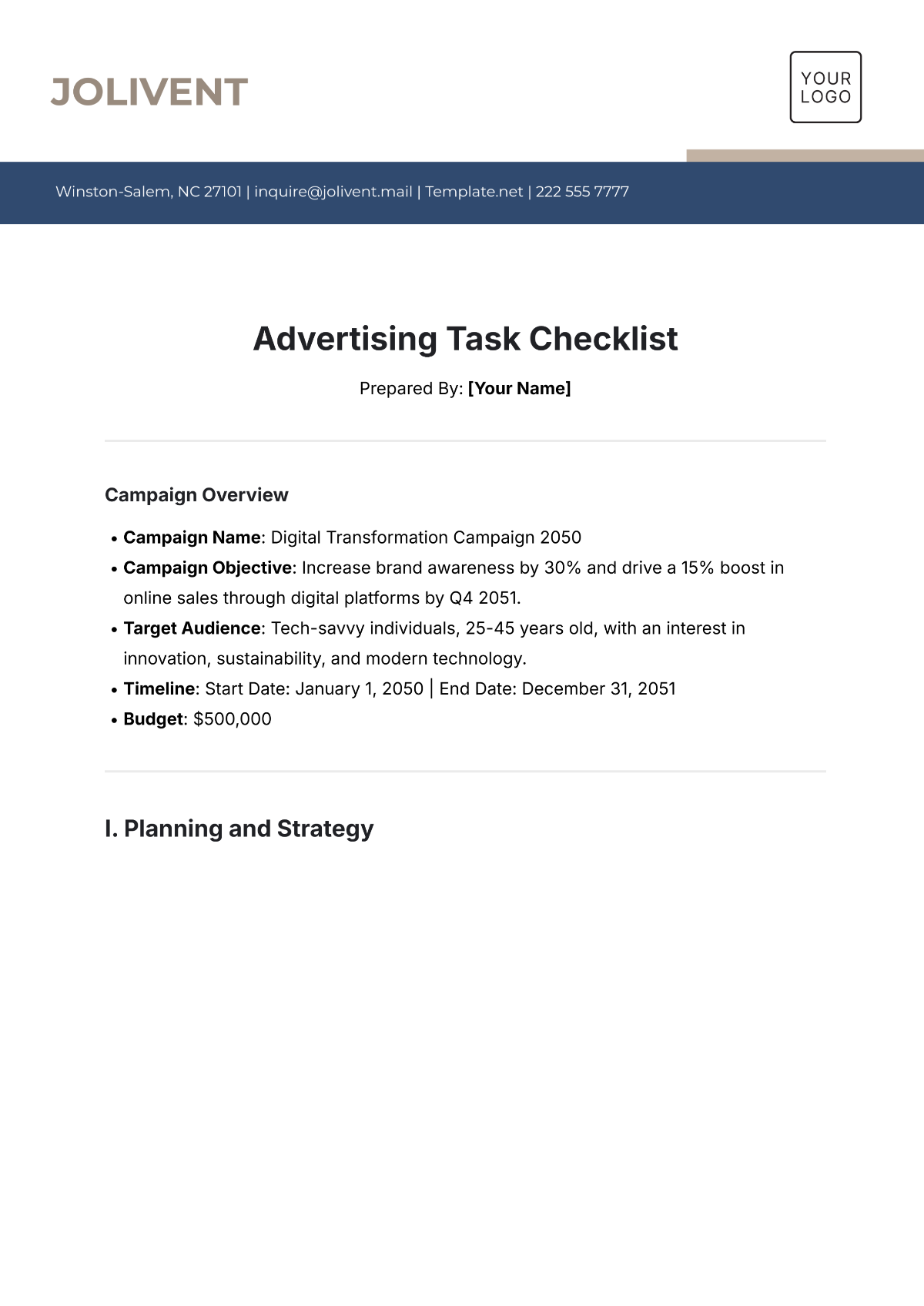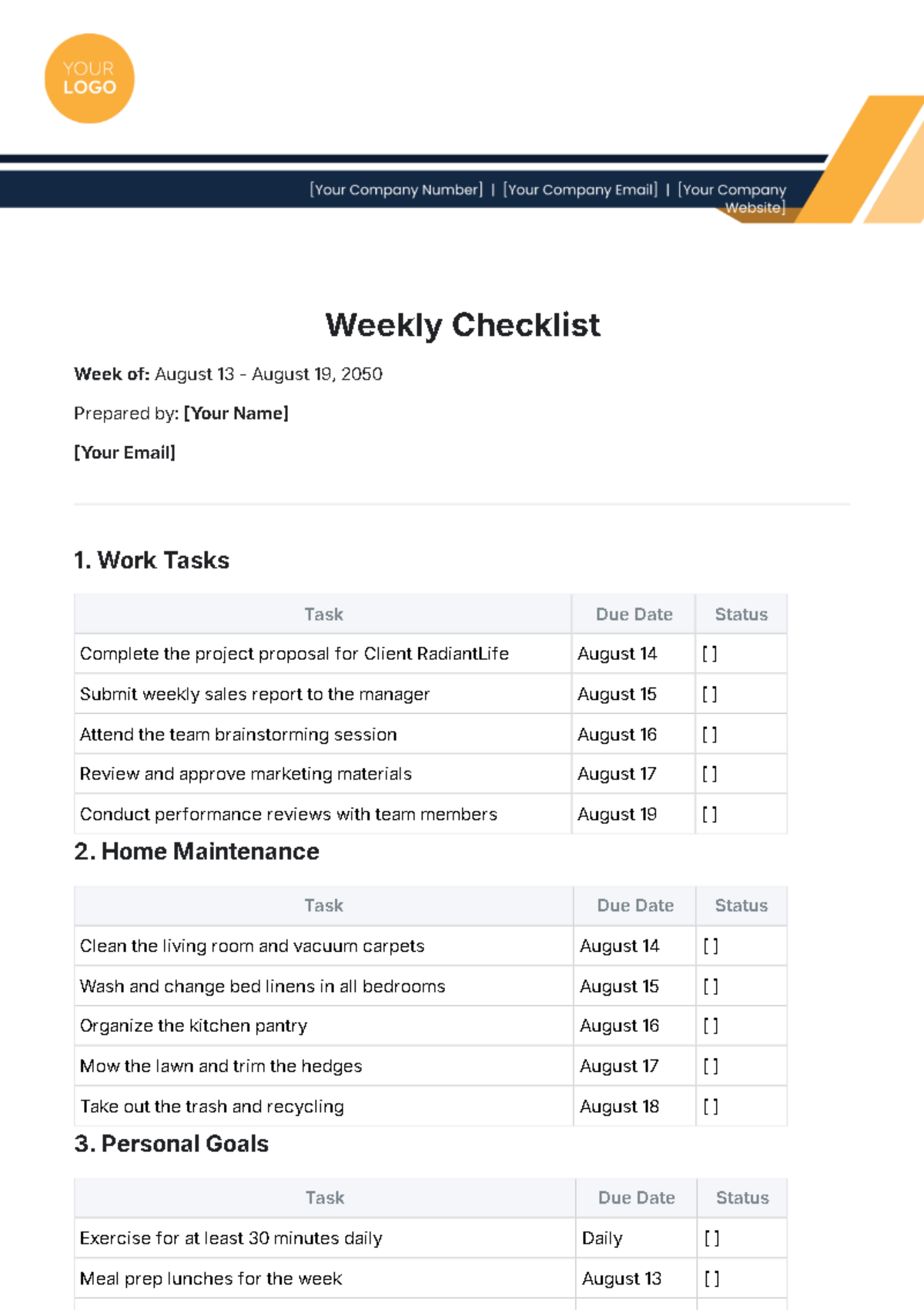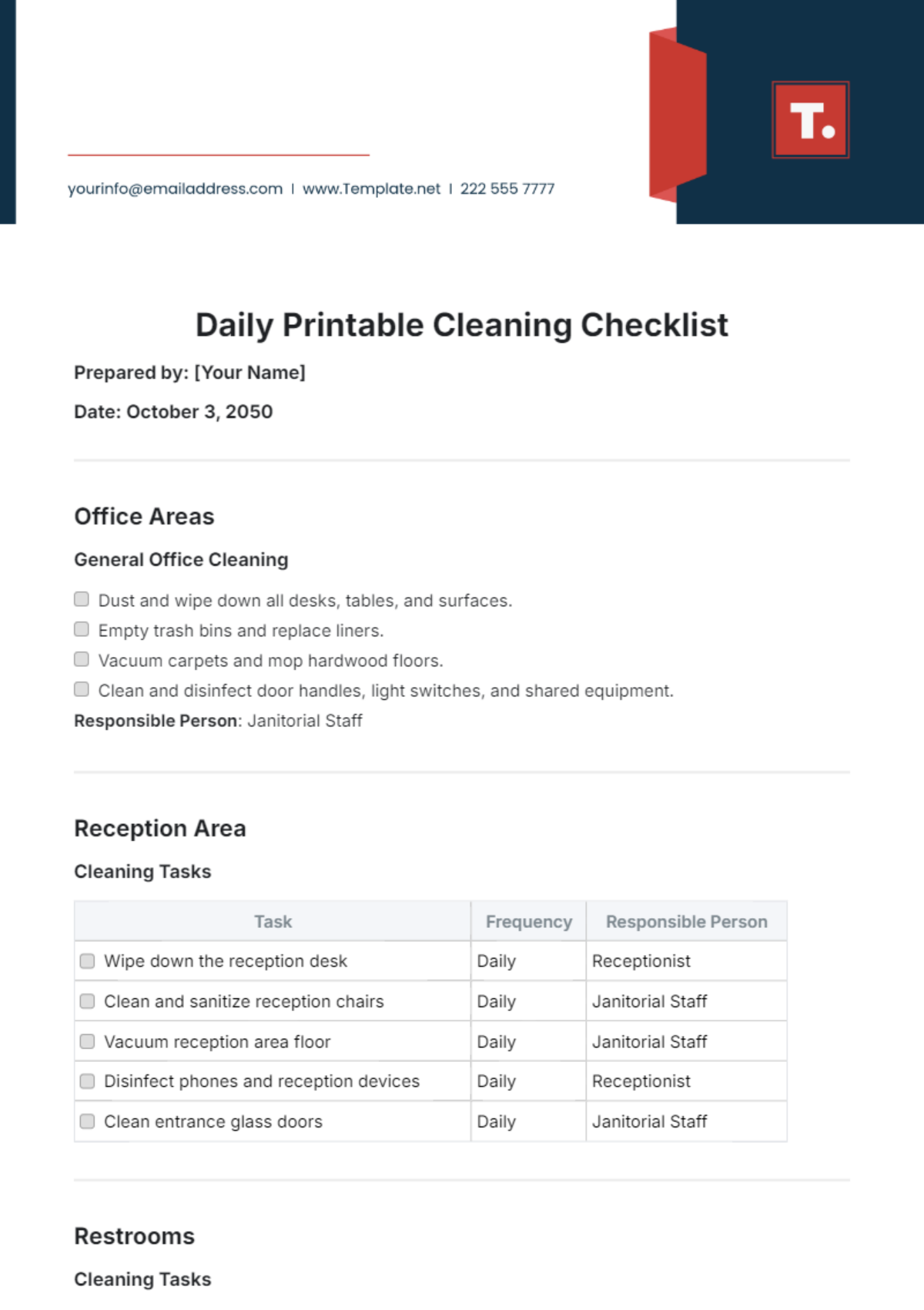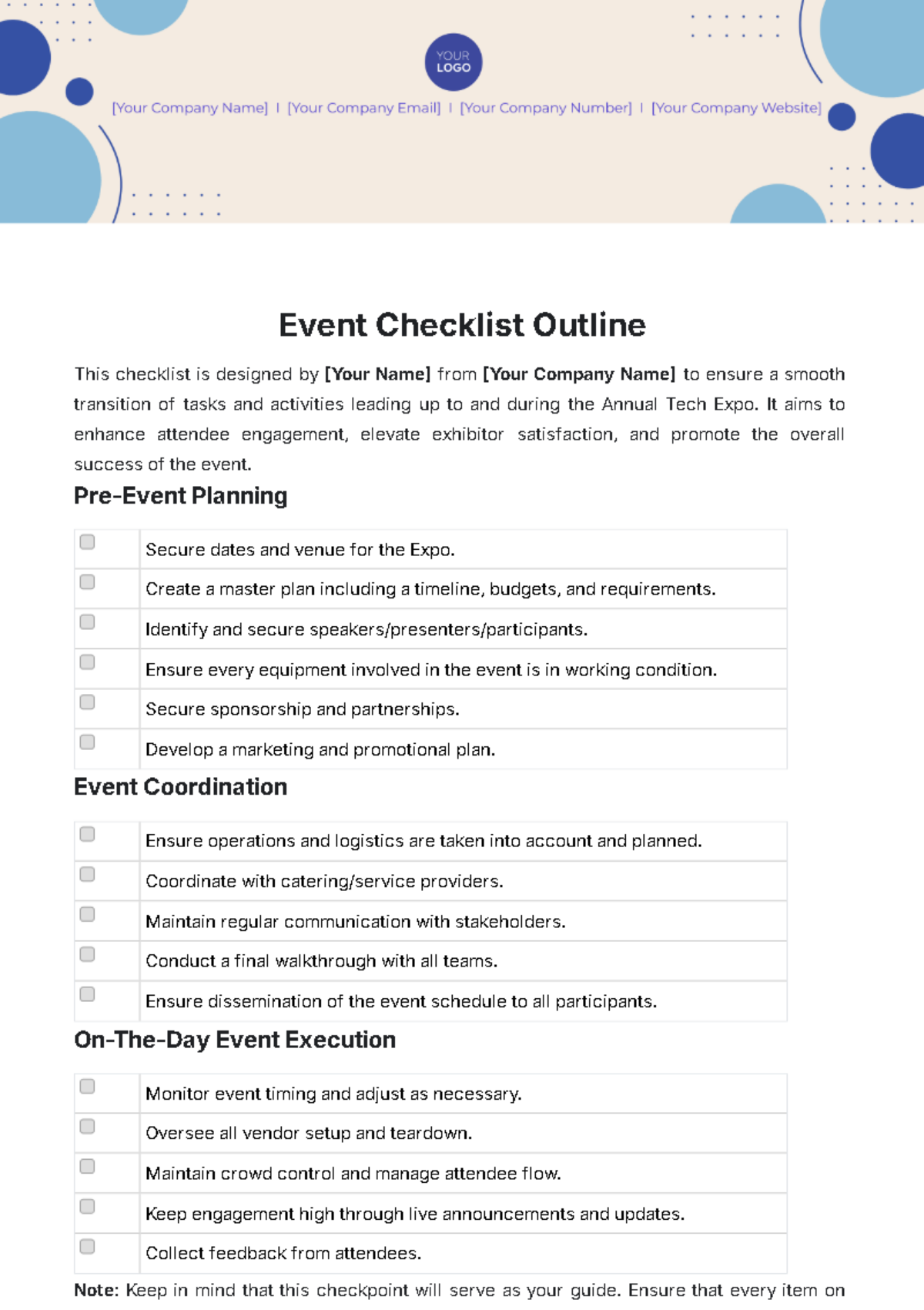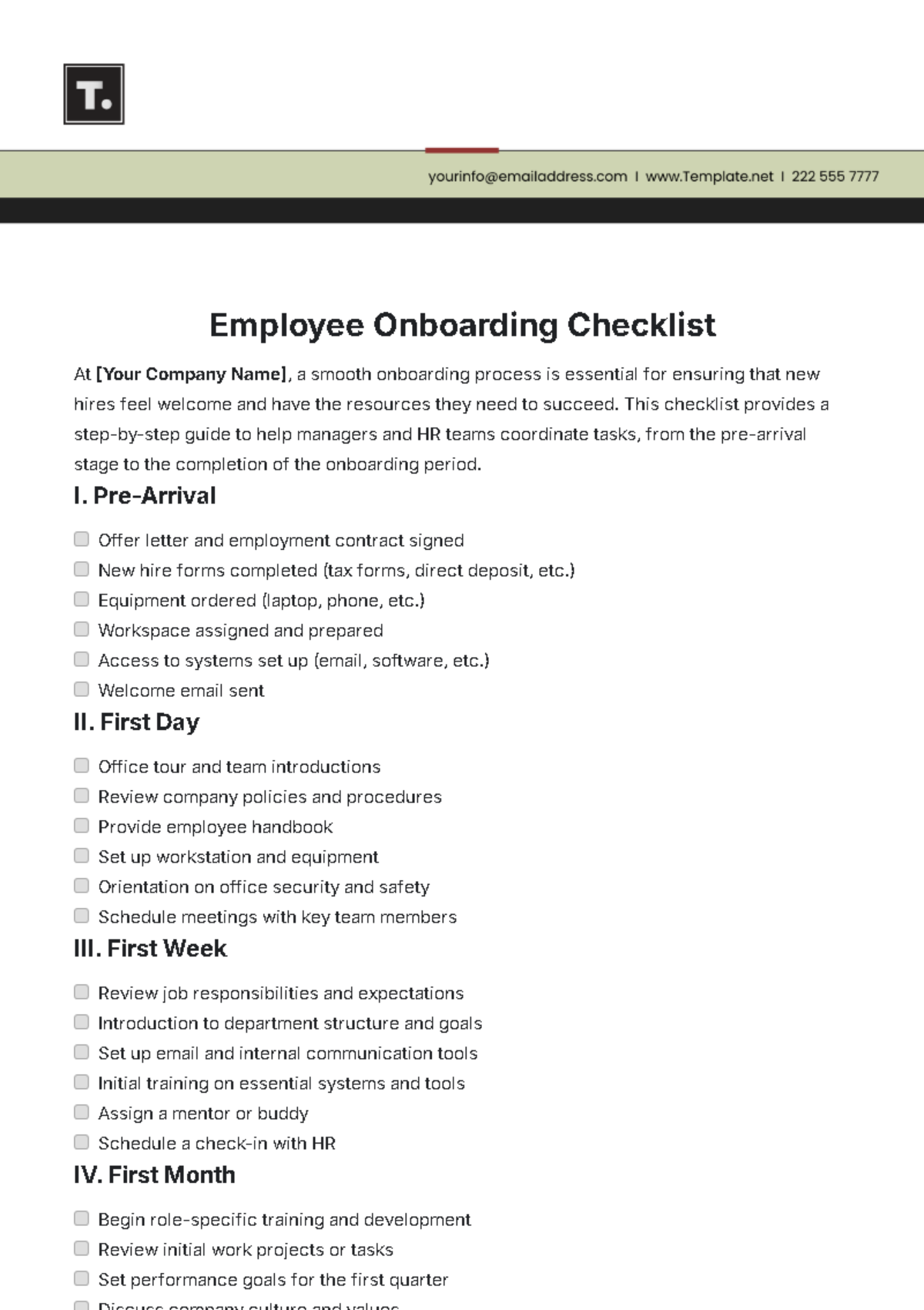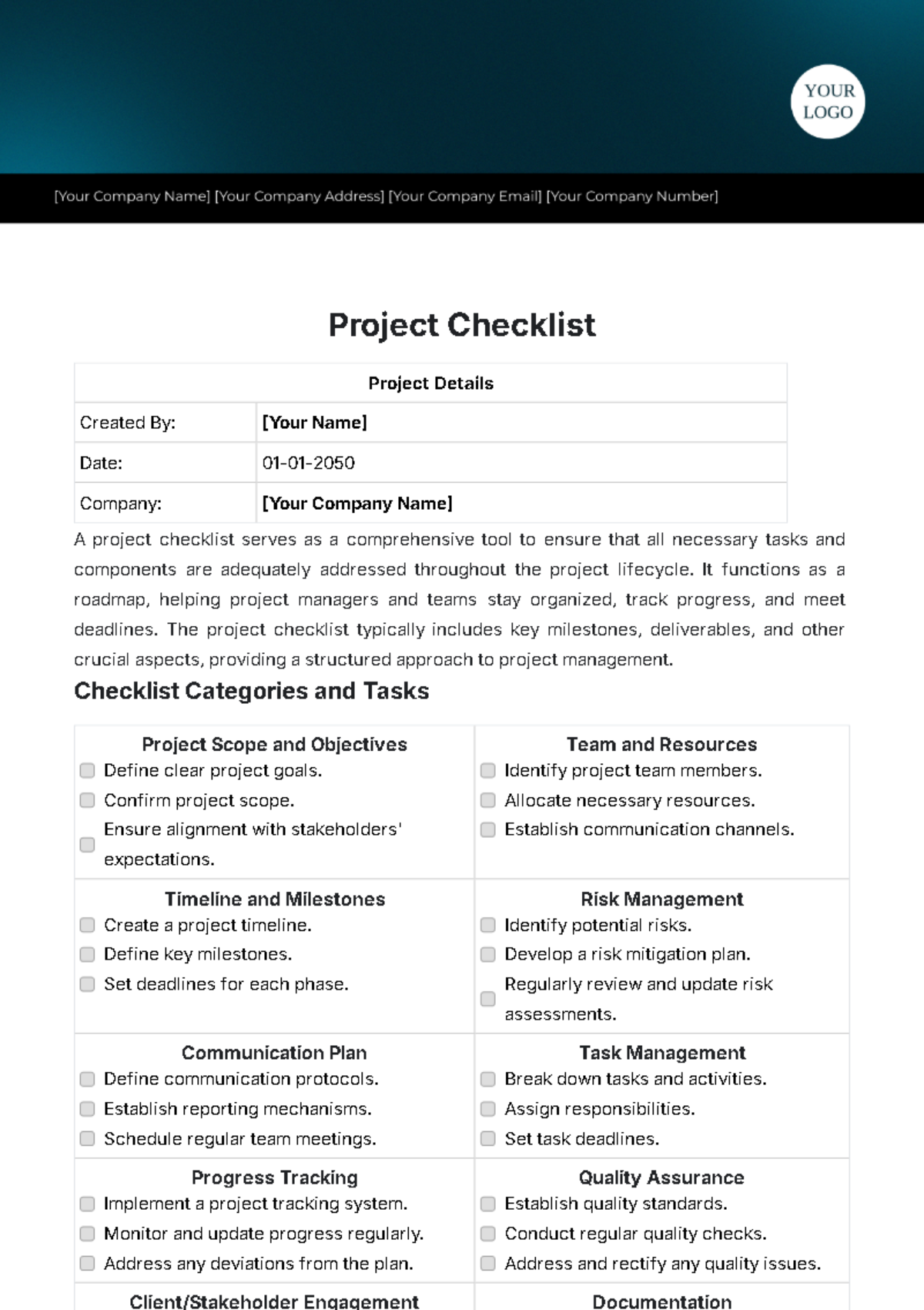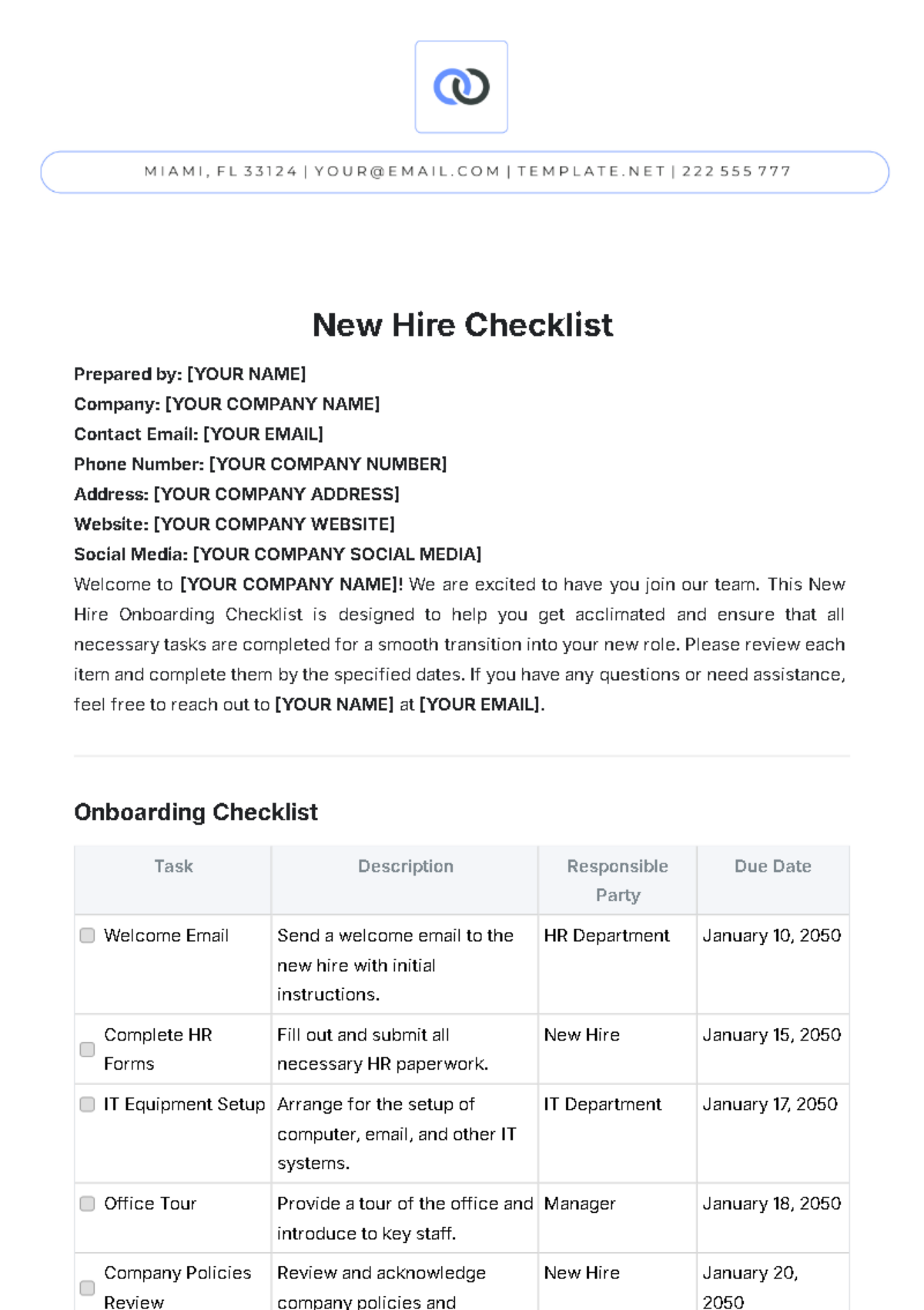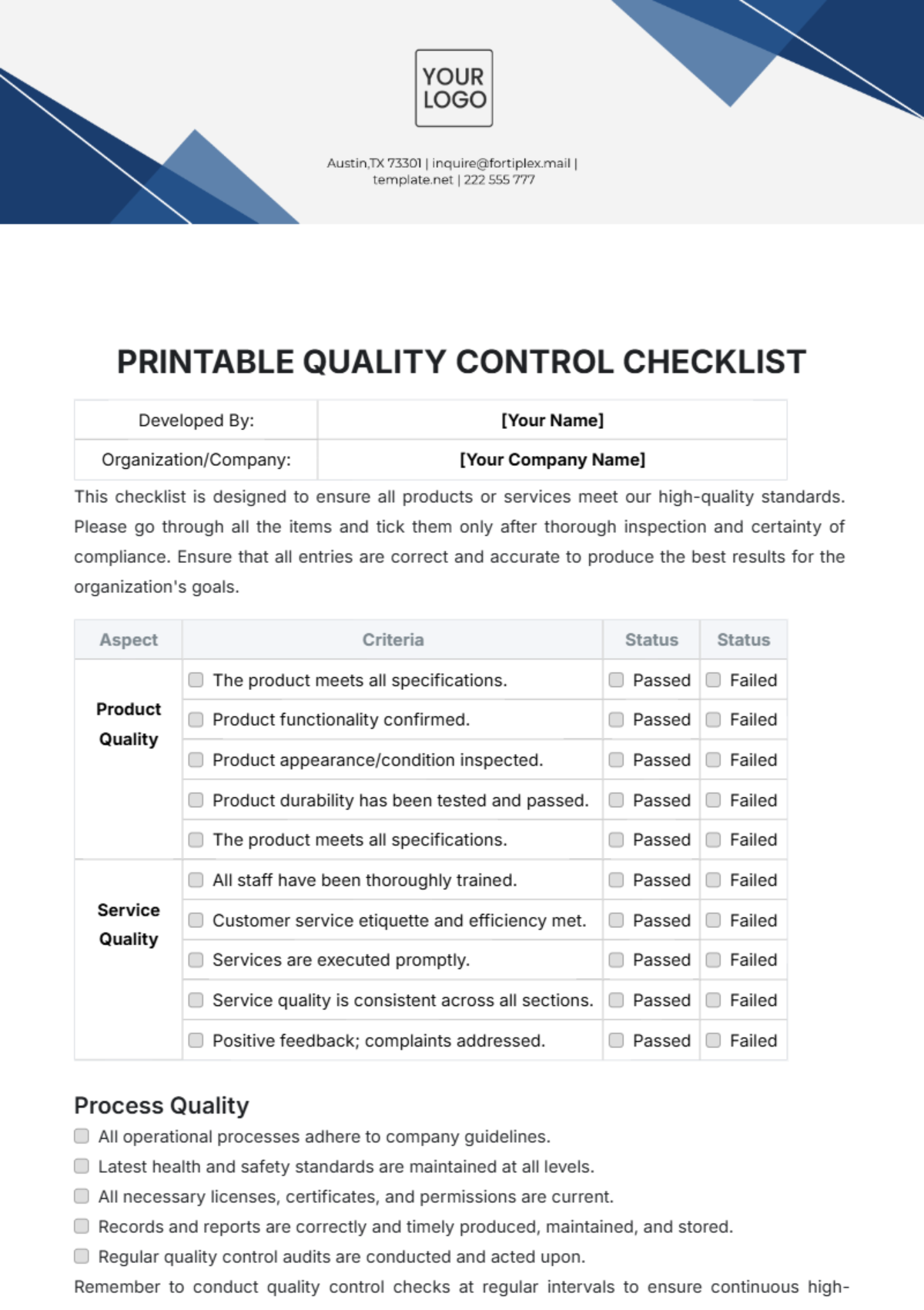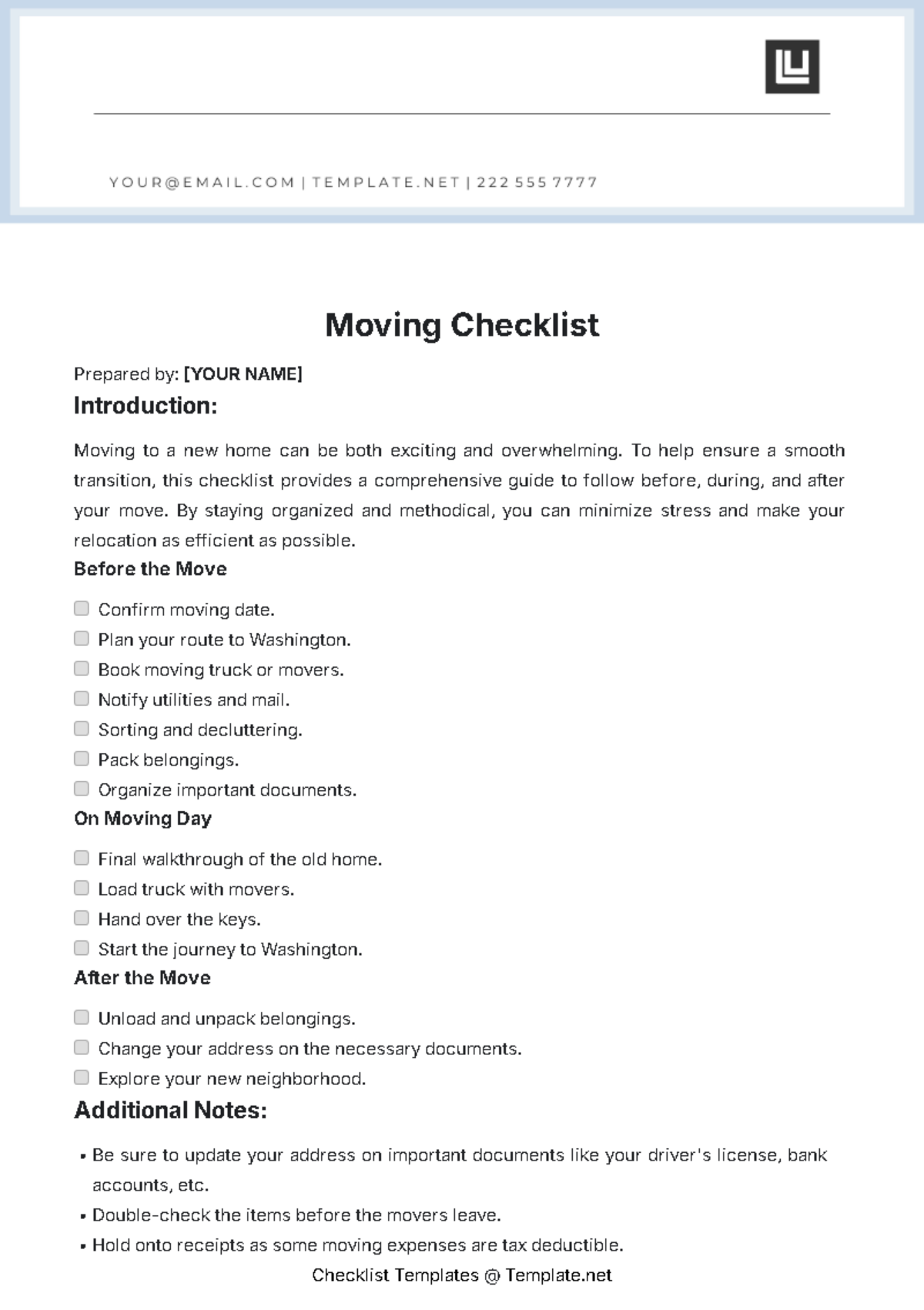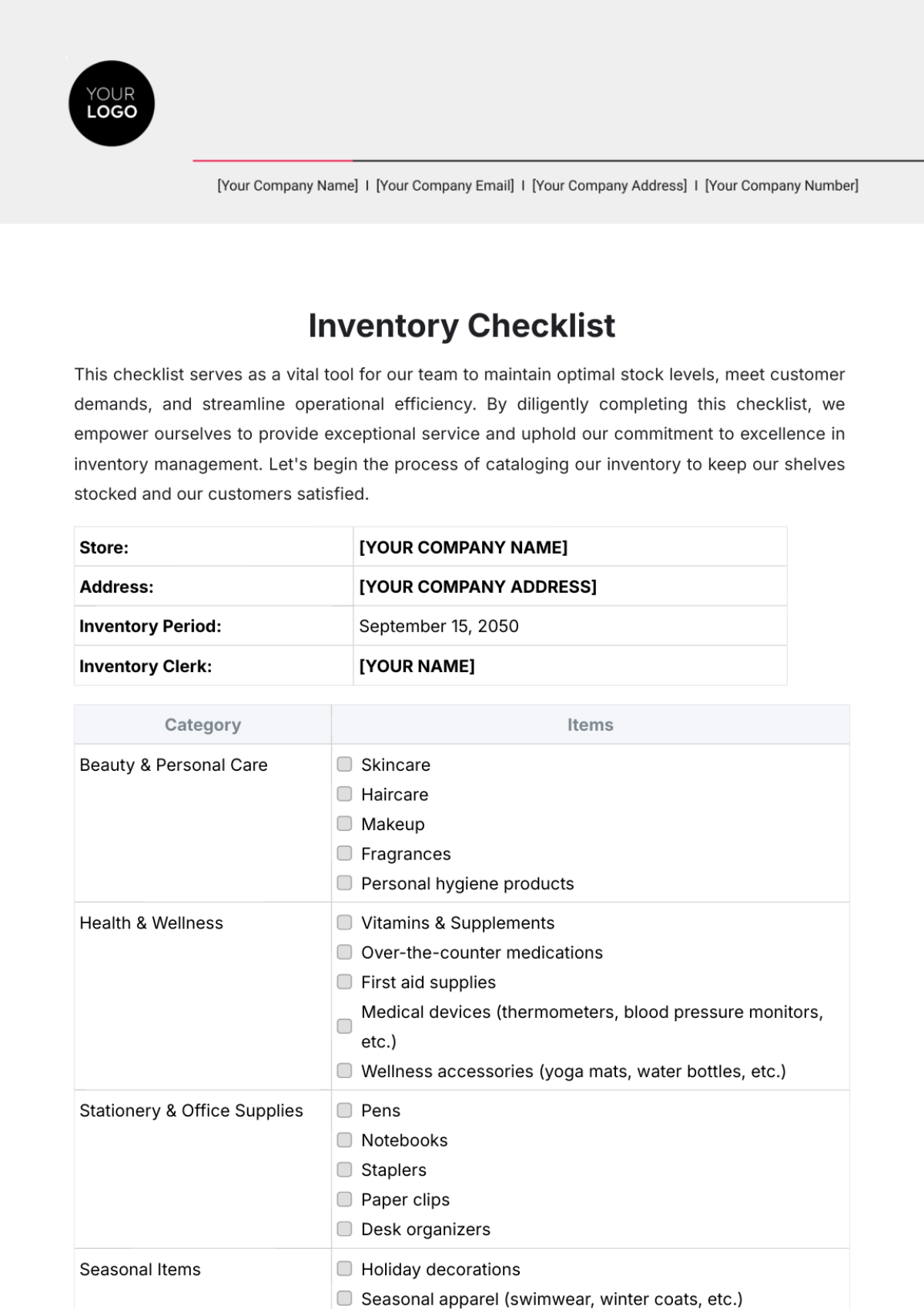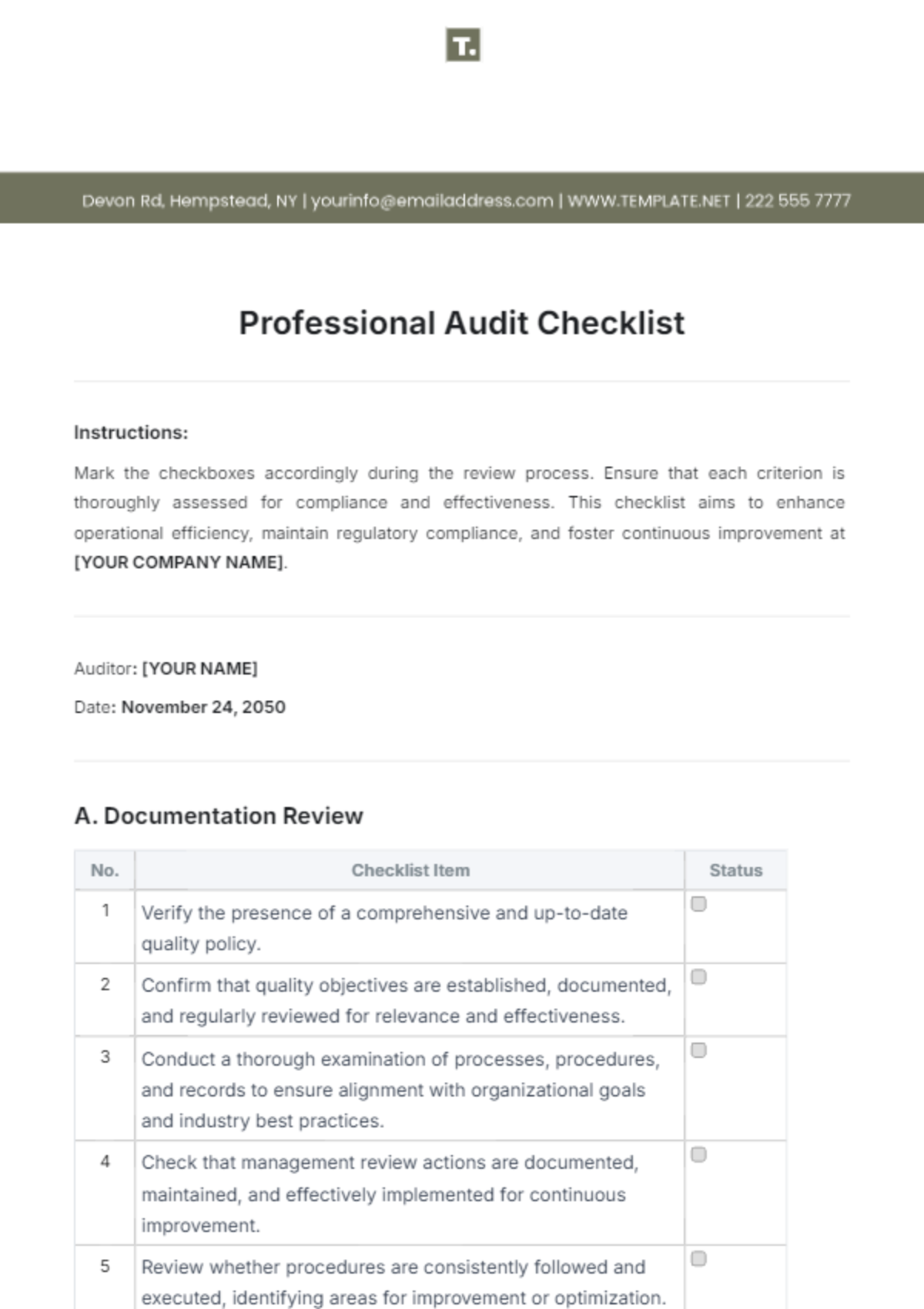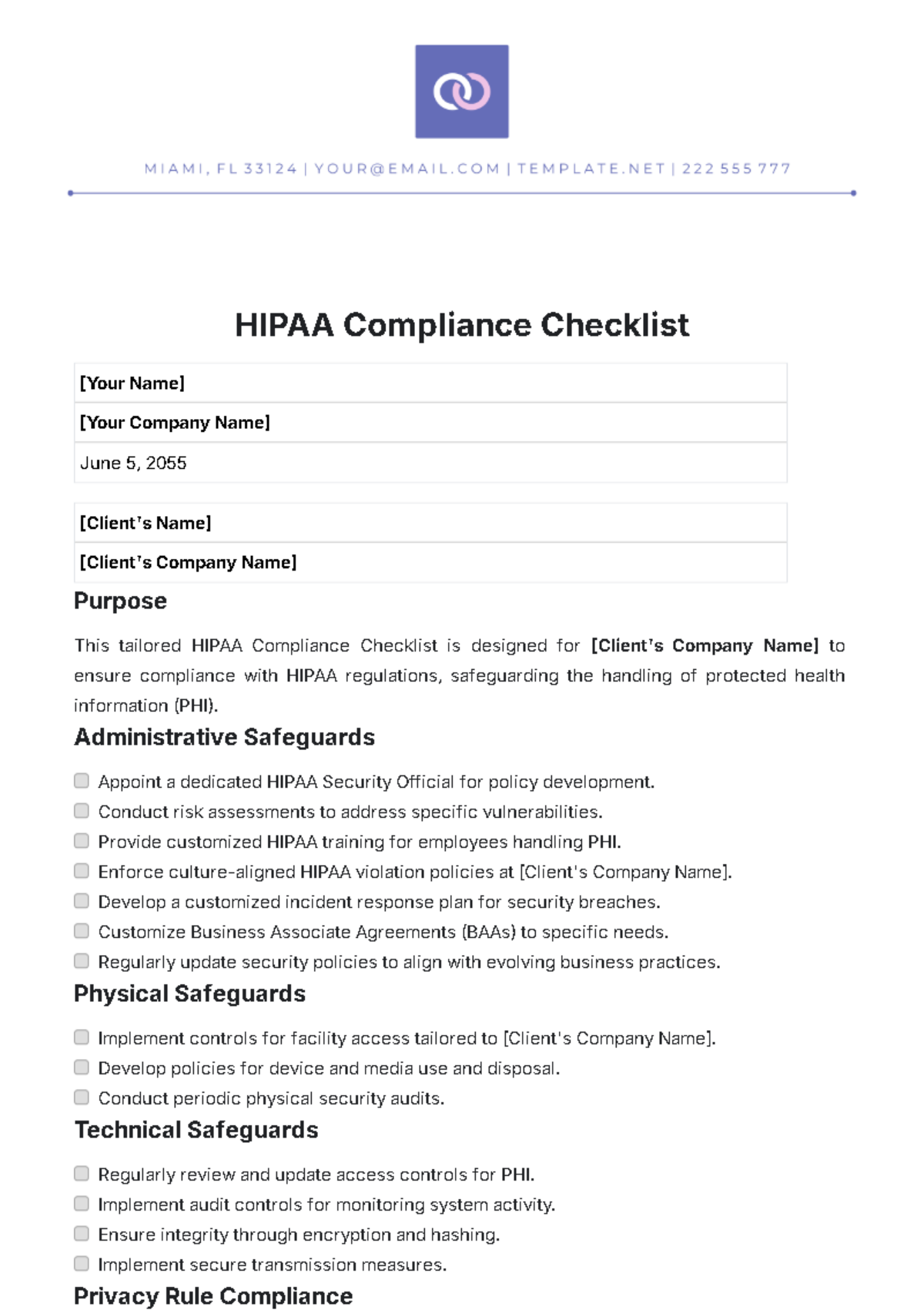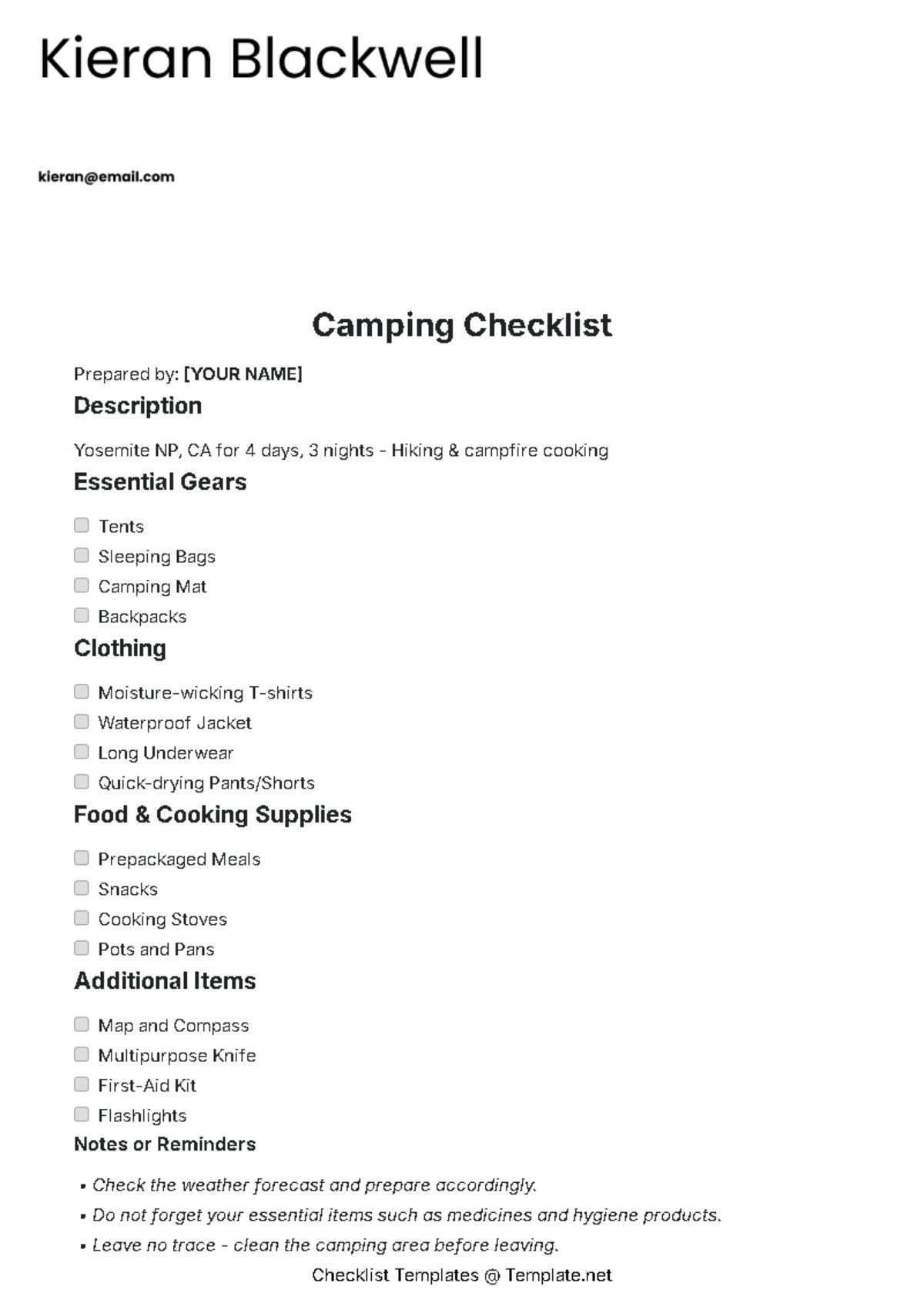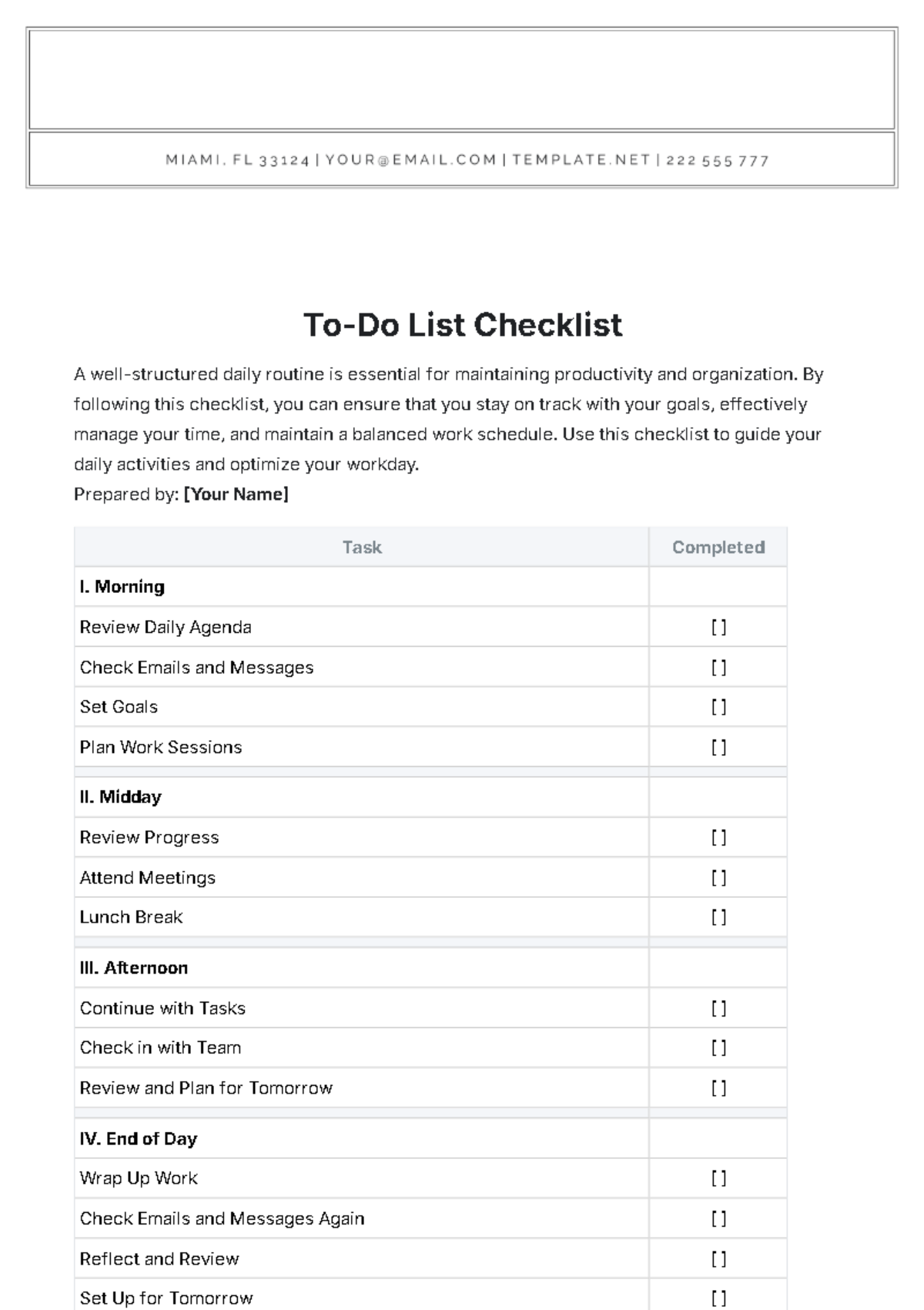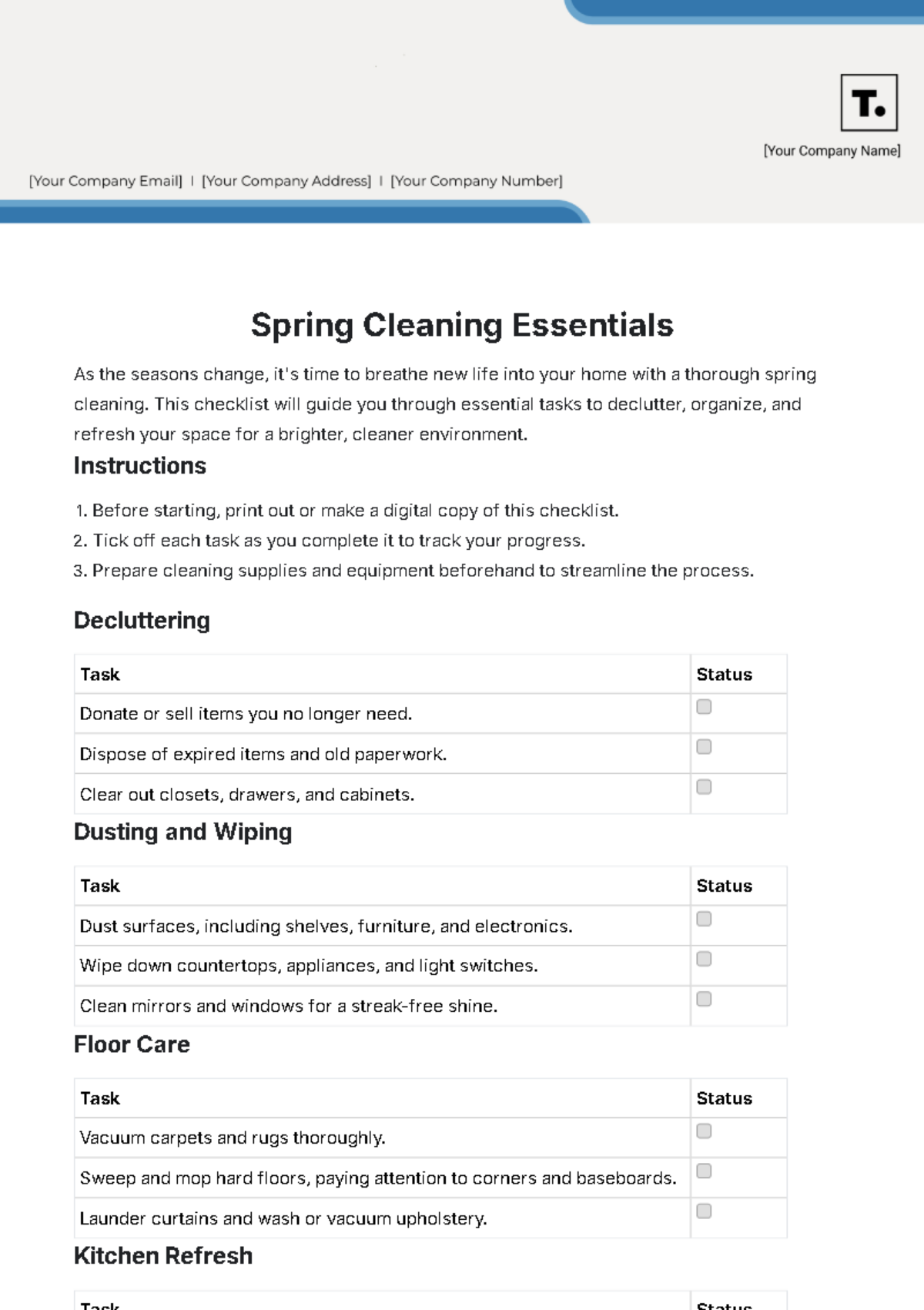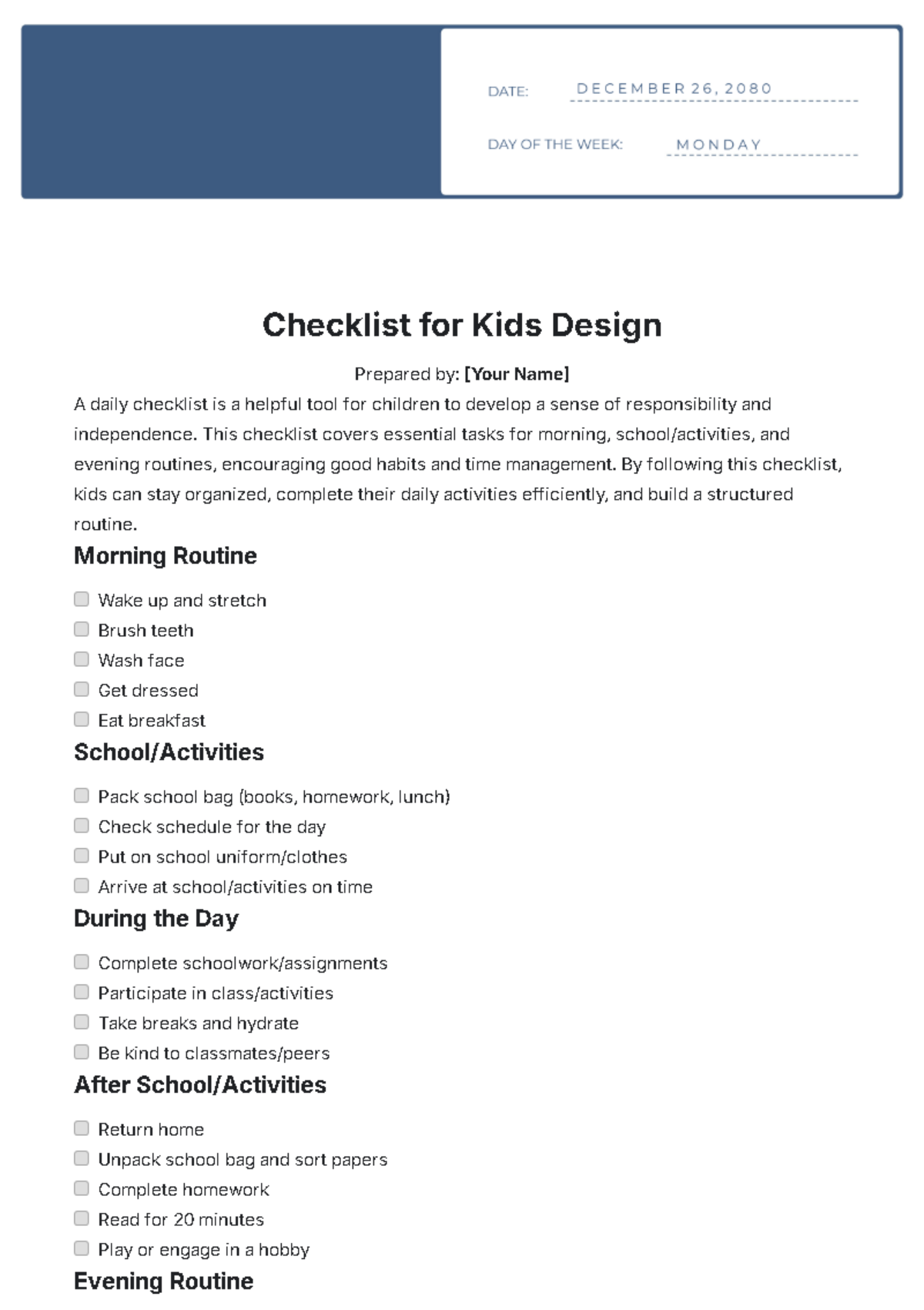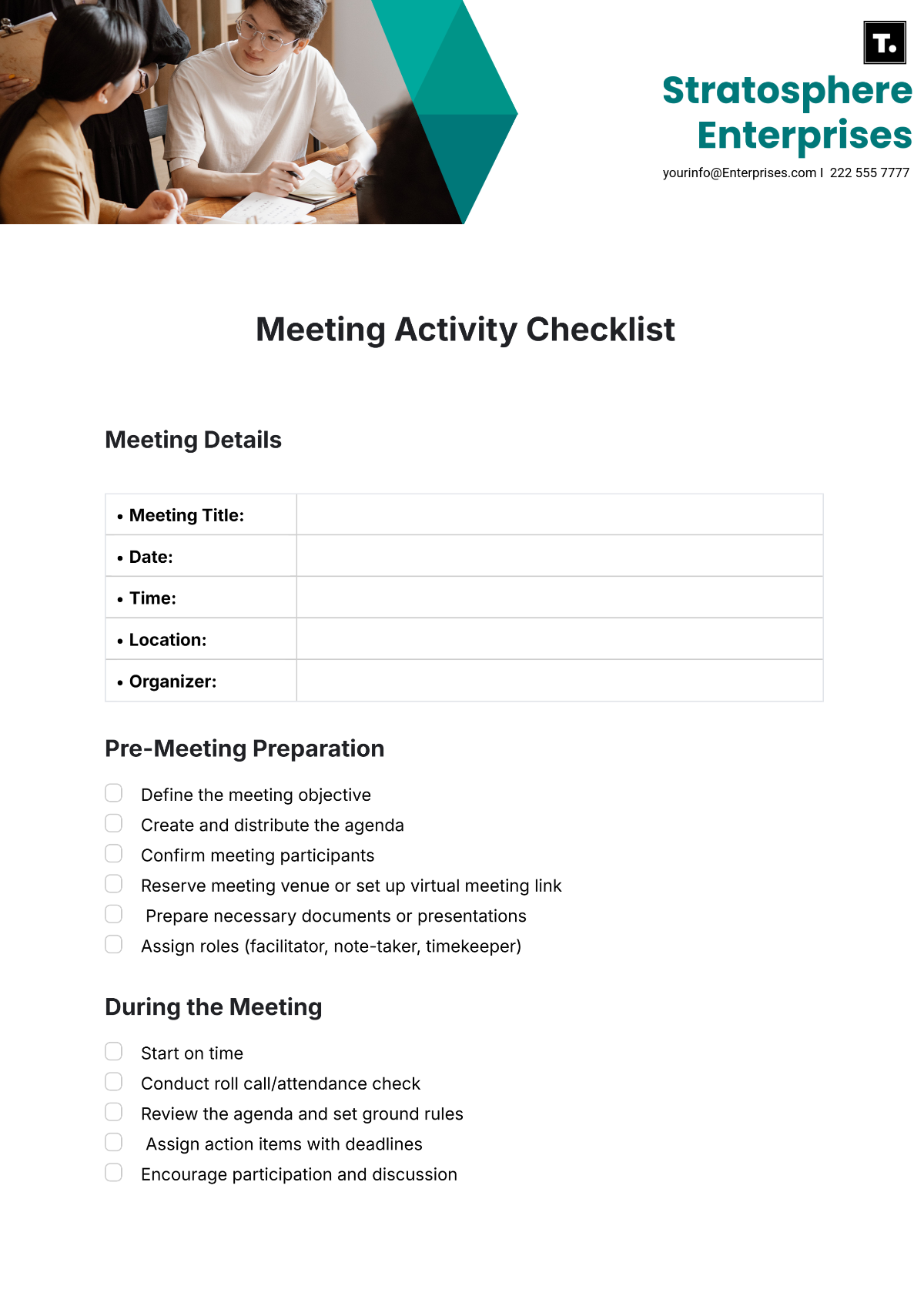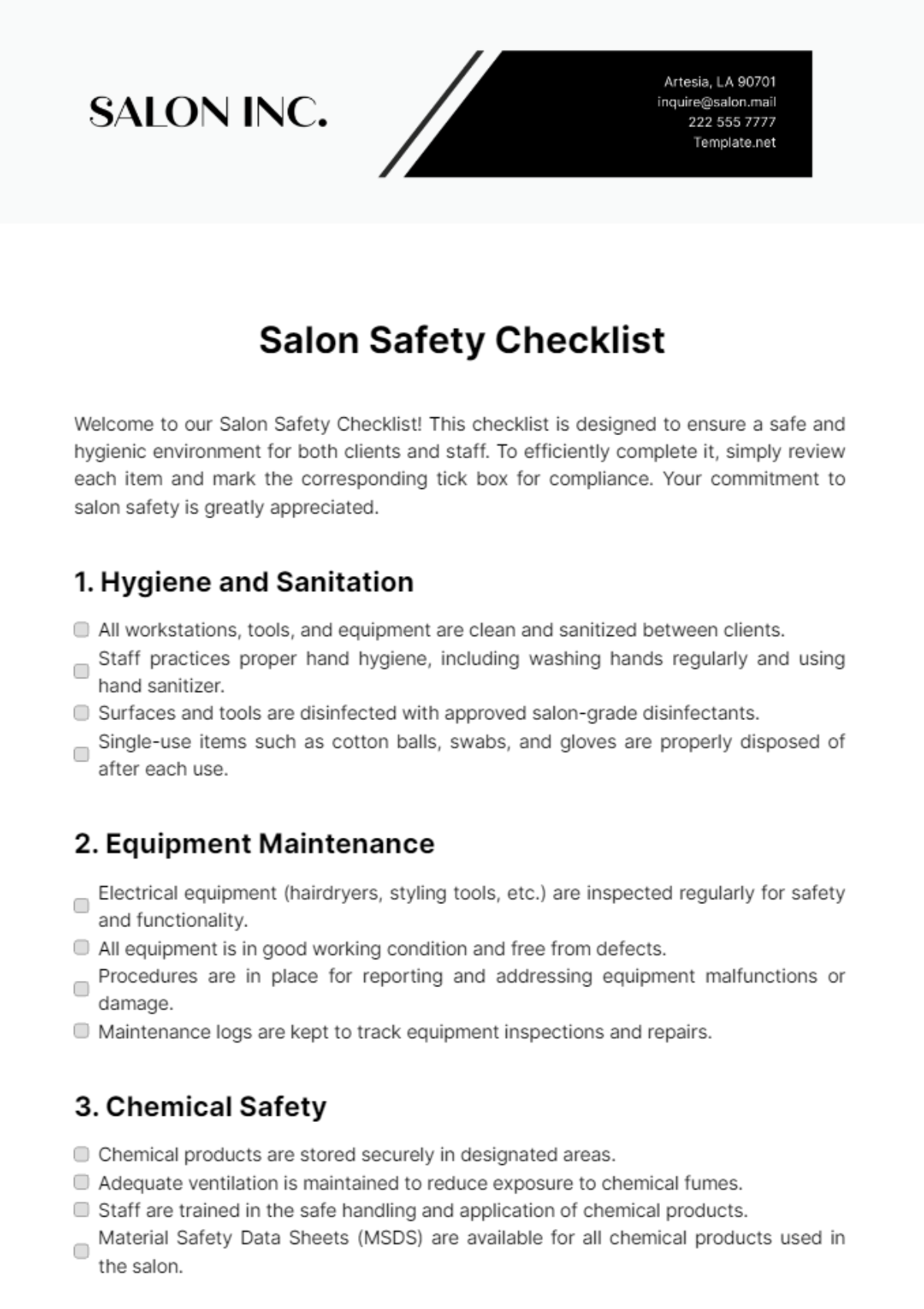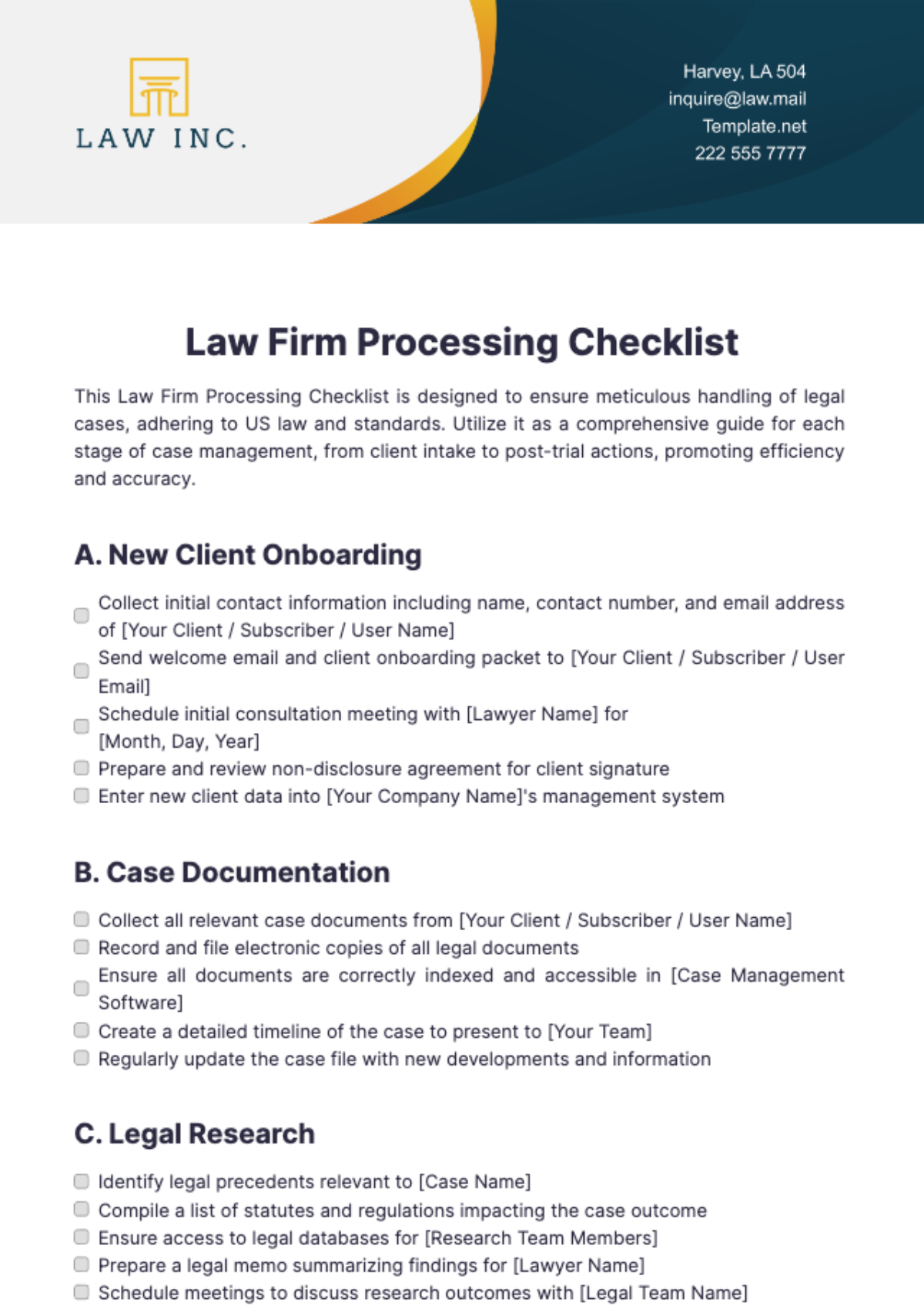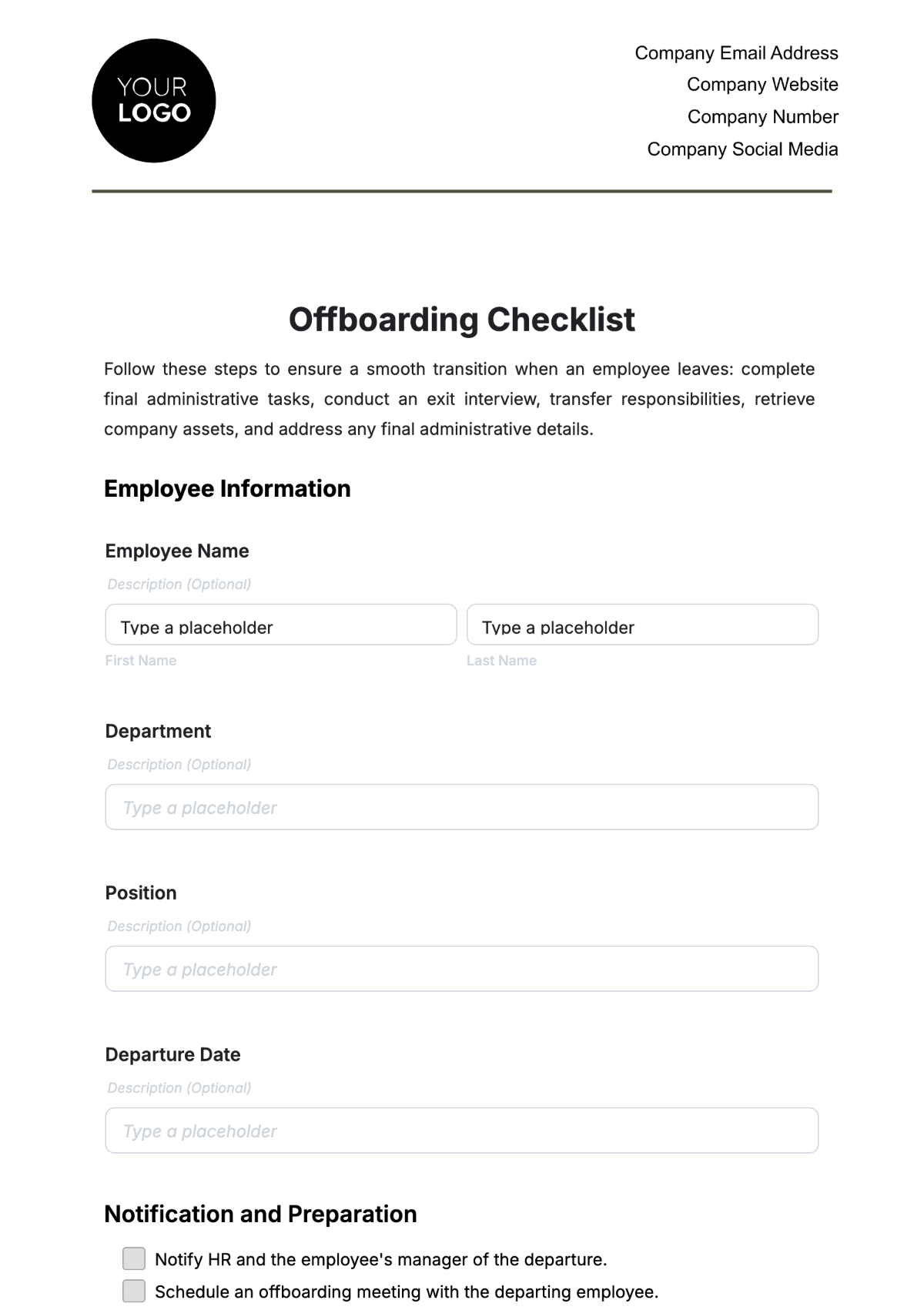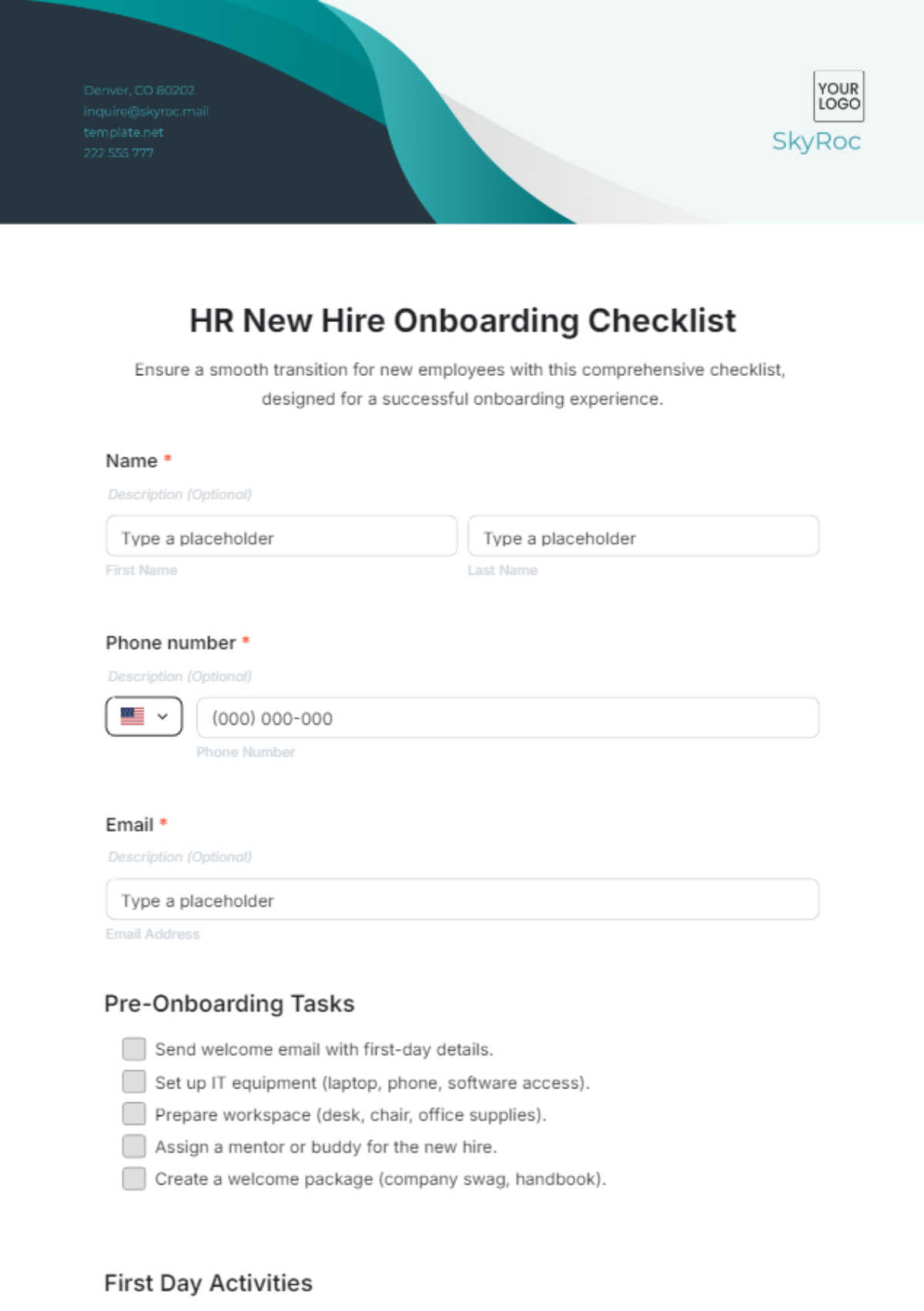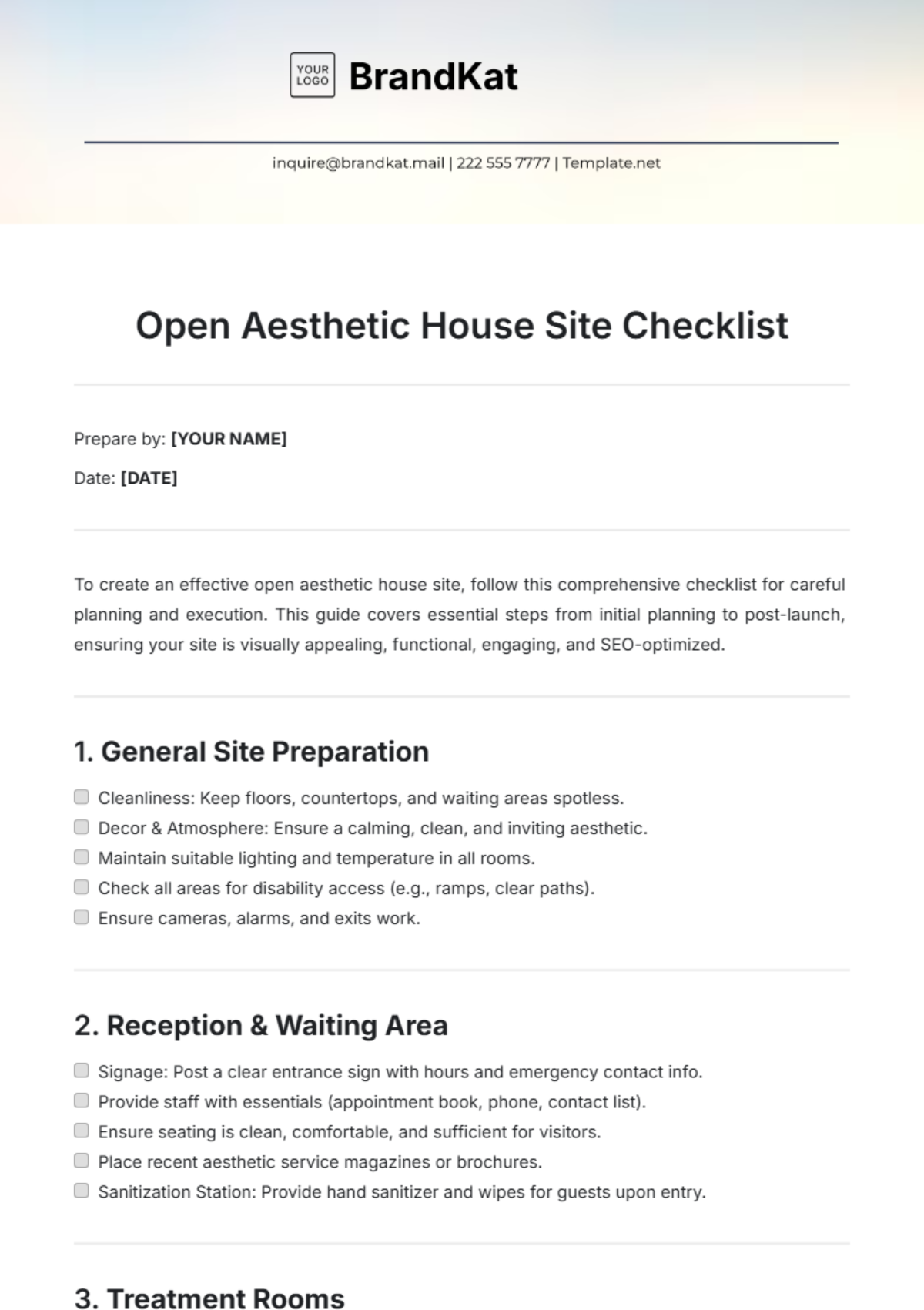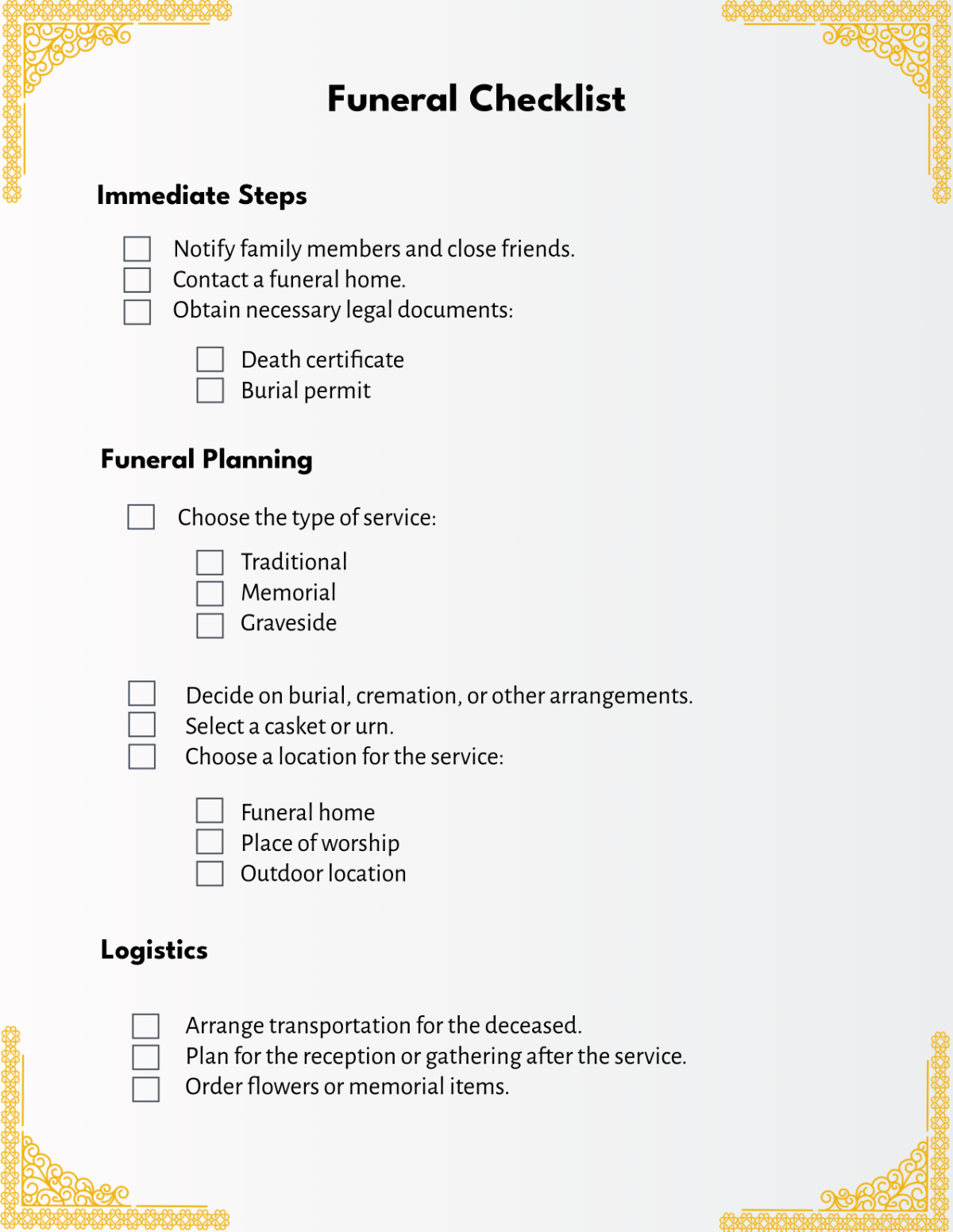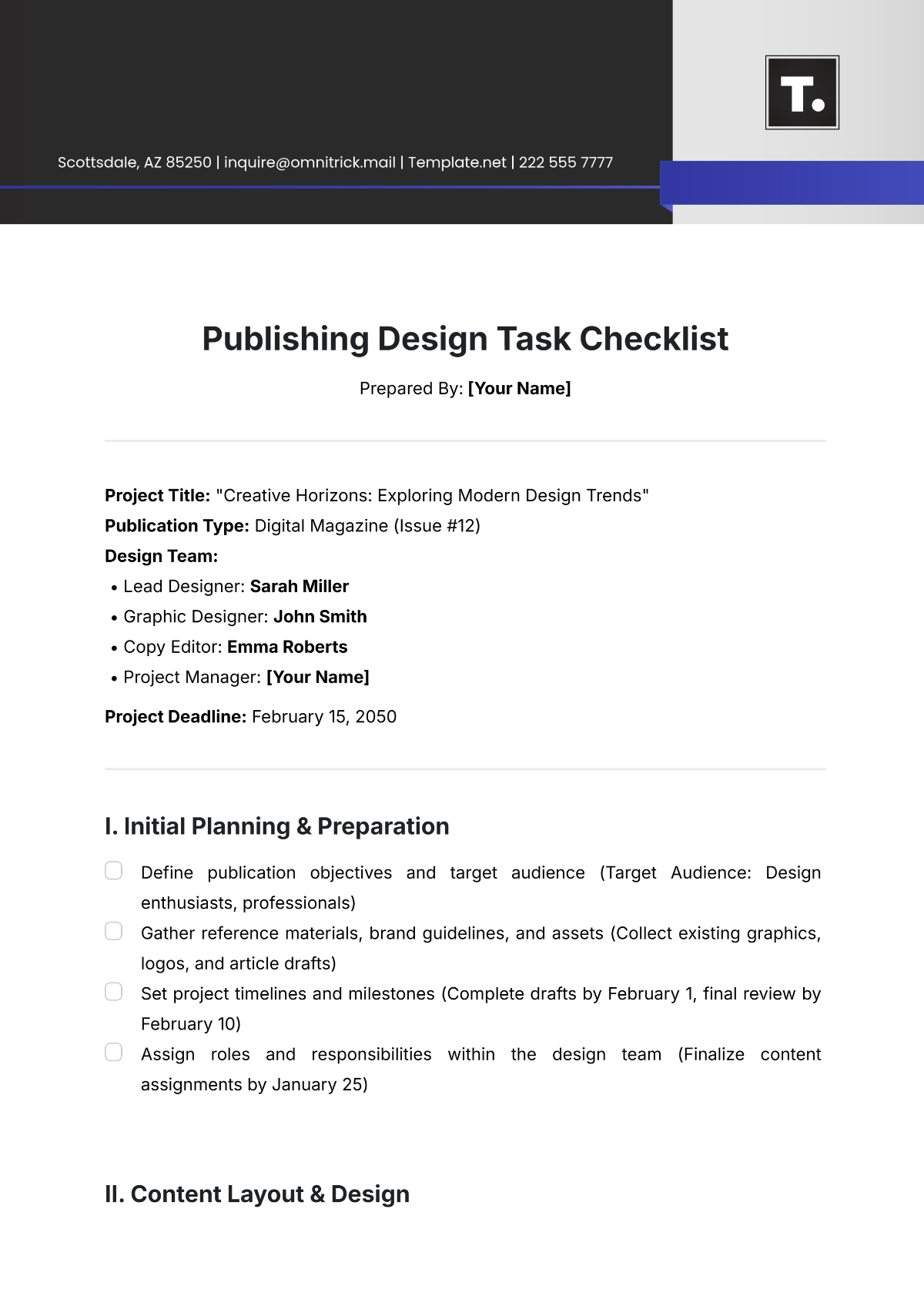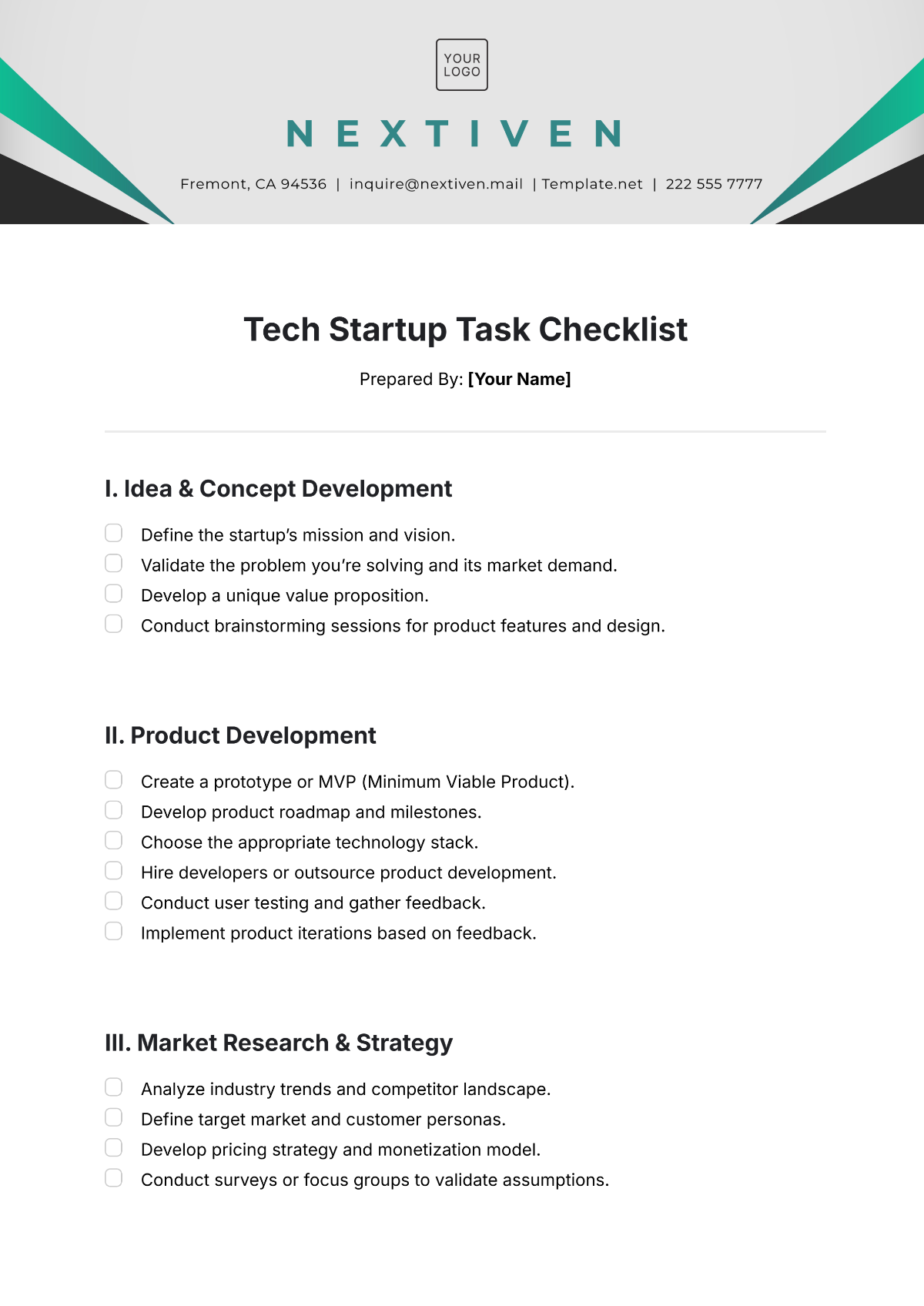Free Simple SEO Checklist Template
Basic Steps for Effective SEO
Enhancing your website's search engine optimization (SEO) is crucial for visibility and attracting organic traffic. This checklist outlines key steps to optimize your site effectively.
Instructions: Tick the checkbox once you've completed each task. Regularly review and update your checklist as you implement SEO improvements.
Keyword Research: Conduct thorough keyword research to identify relevant terms and phrases for your content.
On-Page Optimization: Ensure each page has a unique title tag, meta description, and headers optimized with target keywords.
Content Quality: Create high-quality, relevant content that addresses user intent and incorporates target keywords naturally.
Mobile-Friendliness: Verify that your website is responsive and optimized for mobile devices to improve user experience and search rankings.
Page Speed: Optimize page loading times by compressing images, minimizing code, and leveraging browser caching.
URL Structure: Use descriptive, keyword-rich URLs that accurately reflect page content and make them easily readable by both users and search engines.
Internal Linking: Implement strategic internal linking to improve website navigation, distribute link equity, and enhance indexability.
External Linking: Include authoritative external links to reputable sources to add credibility and value to your content.
Schema Markup: Integrate schema markup to provide search engines with additional context about your content and enhance visibility in rich snippets.
Image Optimization: Optimize images by using descriptive filenames, alt text, and appropriate image sizes to improve accessibility and search engine indexing.
SSL Security: Secure your website with an SSL certificate to establish trust with users and improve search rankings.
Sitemap Submission: Submit XML sitemaps to search engines to facilitate the crawling and indexing of your website's pages.
Presented by: [Your Name]

